Introduced in 2003 for the 2004 model year, the XLR was a two-door luxury roadster. A spiritual successor to the Cadillac Allante (1986-1993), the XLR was based on the C6-generation Chevrolet Corvette. Discontinued in 2009 due to low demand, the XLR is Cadillac's last roadster as of 2019.
Essentially a luxury alternative to the Corvette C6, the XLR had many premium features over its Chevy-badged counterpart. Some of them were optional on the Corvette, but most of them weren't even available. The XLR also had a design of its own, borrowing many cues from the CTS and STS models of the mid-2000s. Cadillac also produced a higher performance XLR-V version and launched an update for 2009, the vehicle's final model year on the market.
2004 - 2009 Cadillac XLR
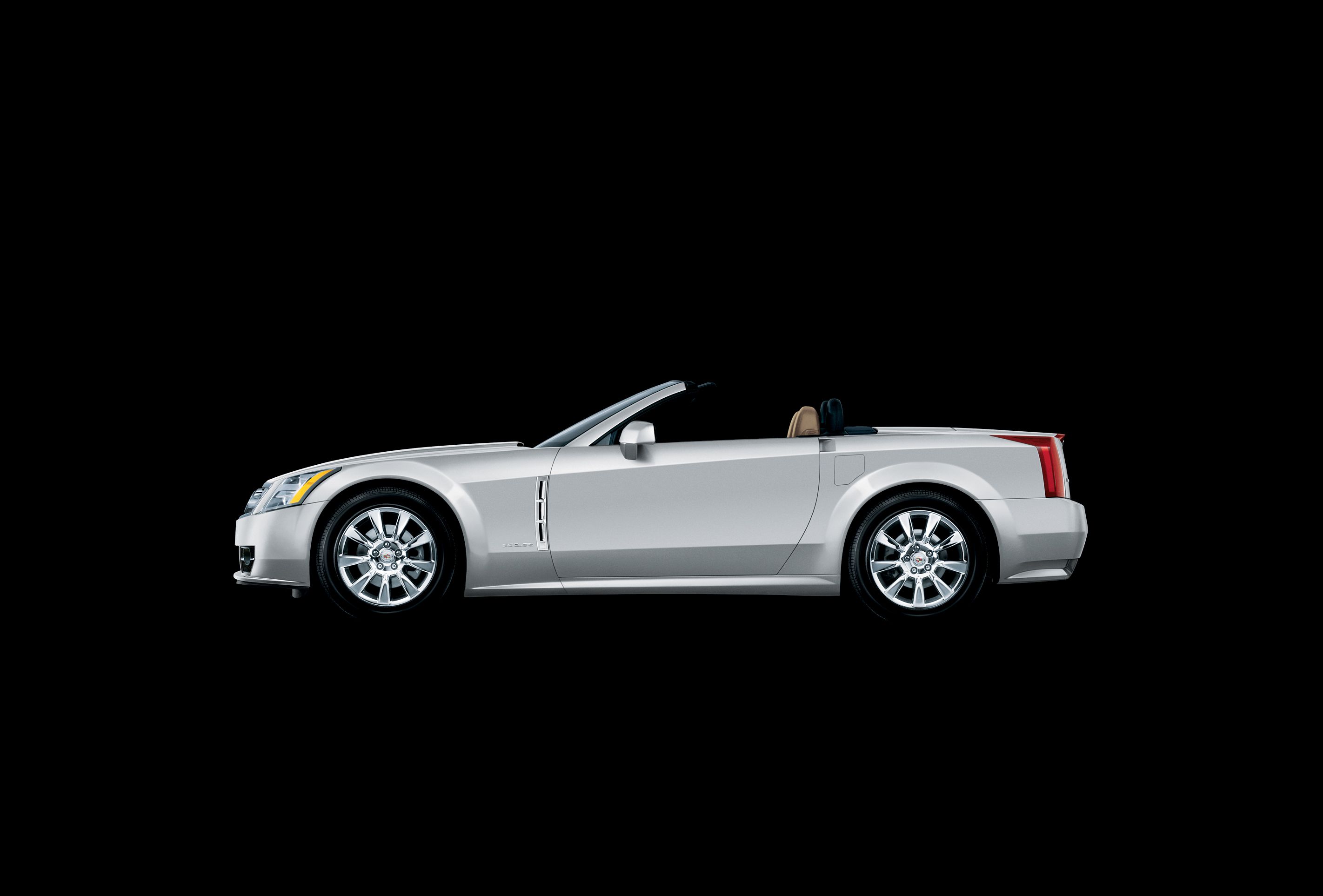

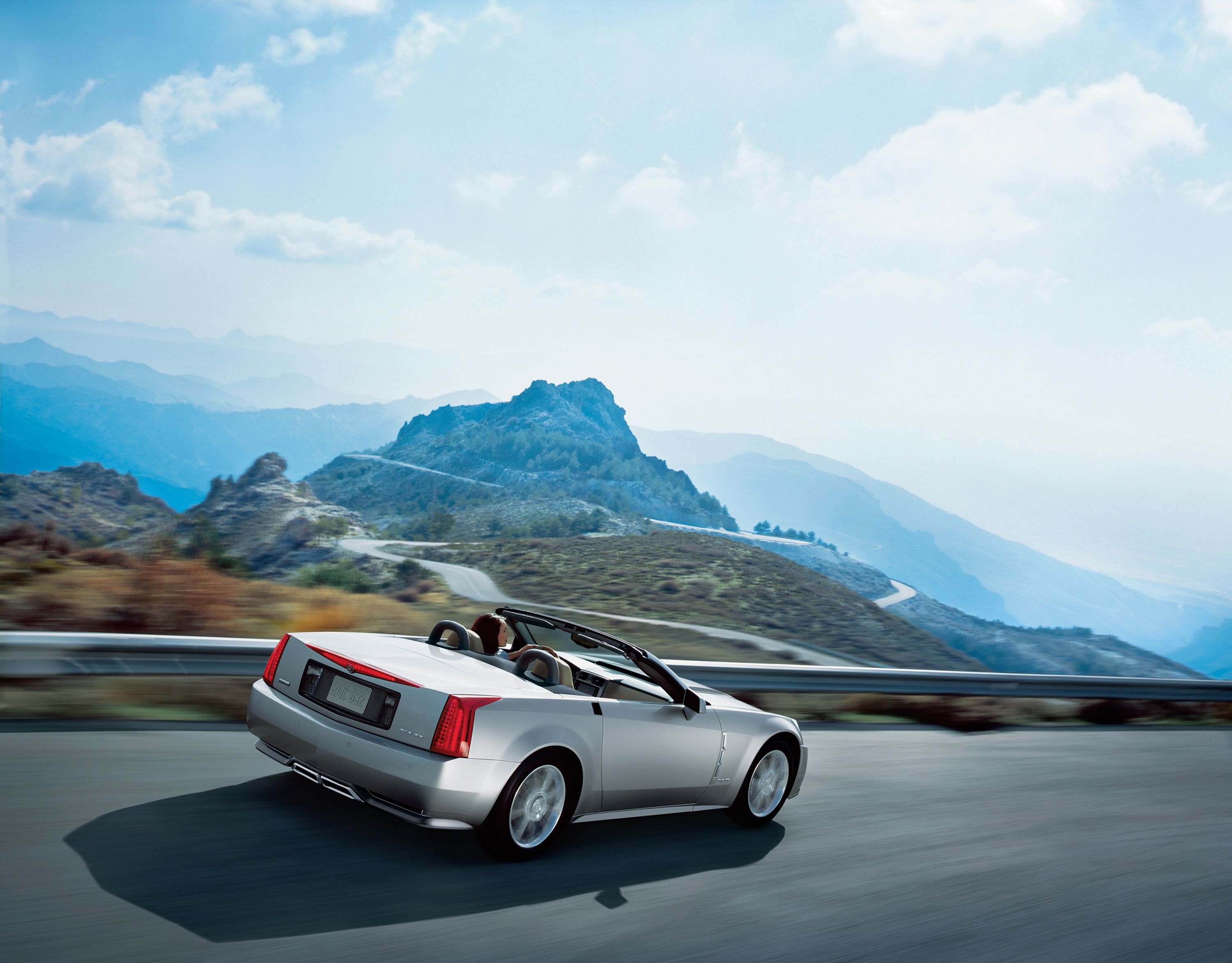
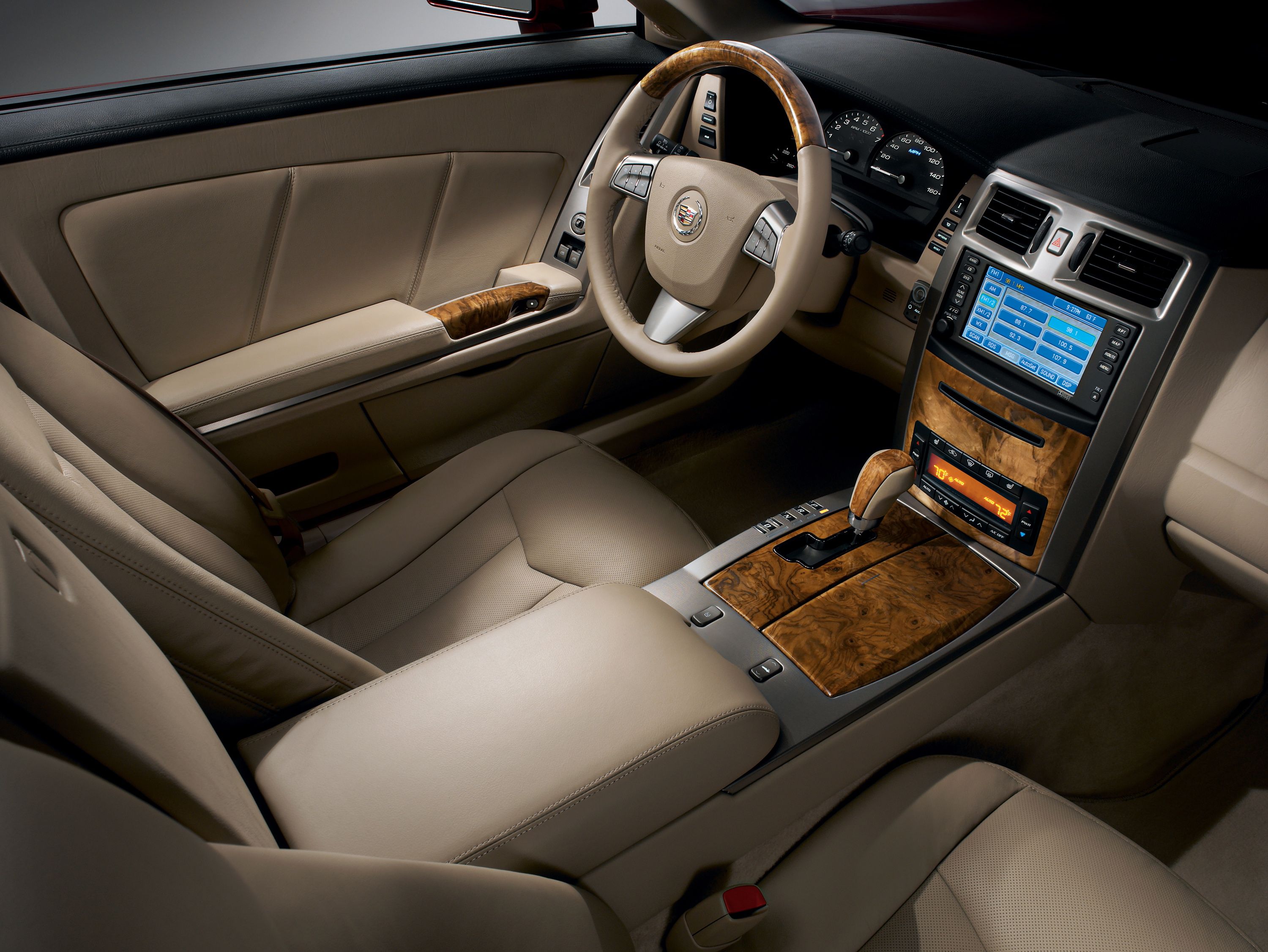
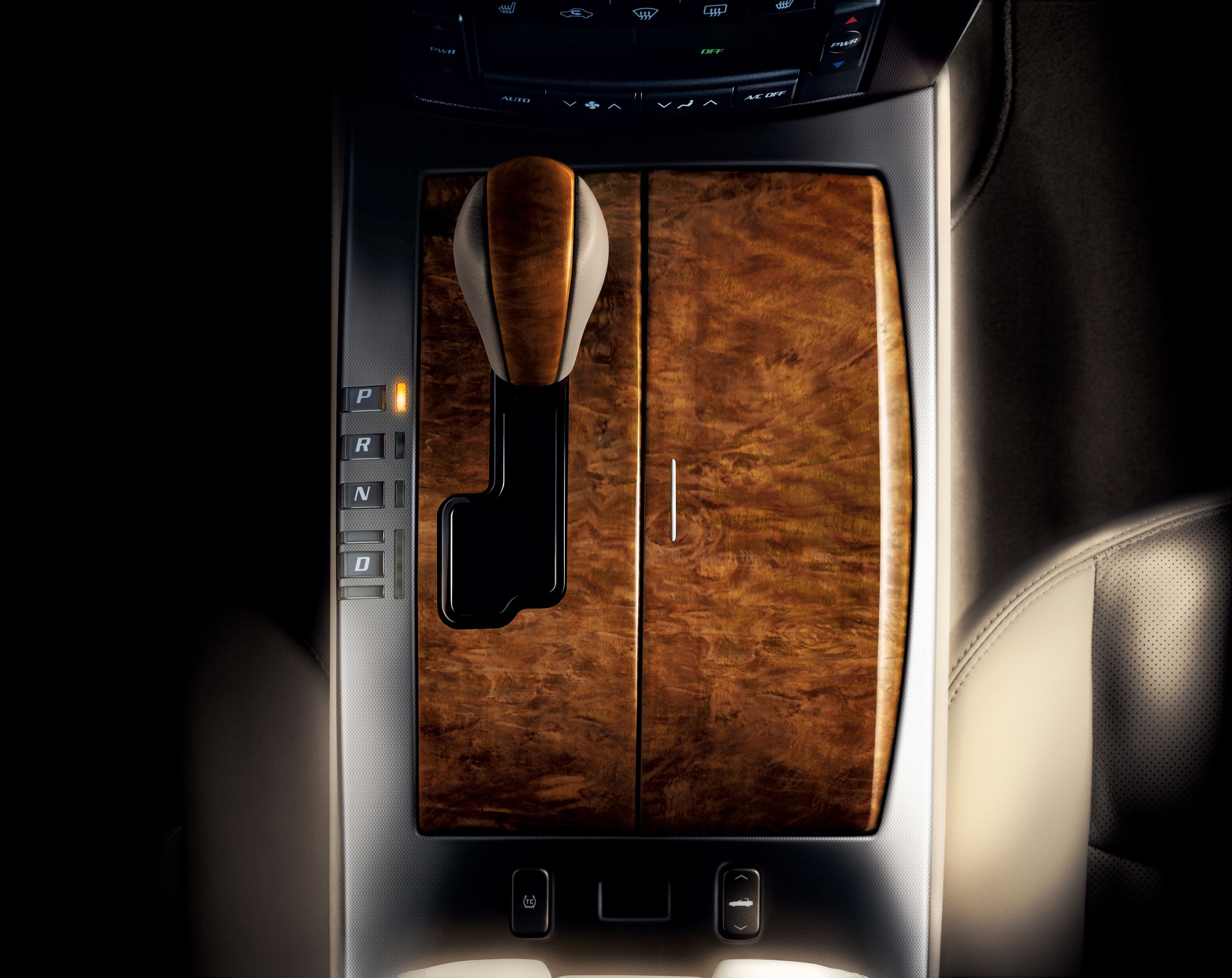
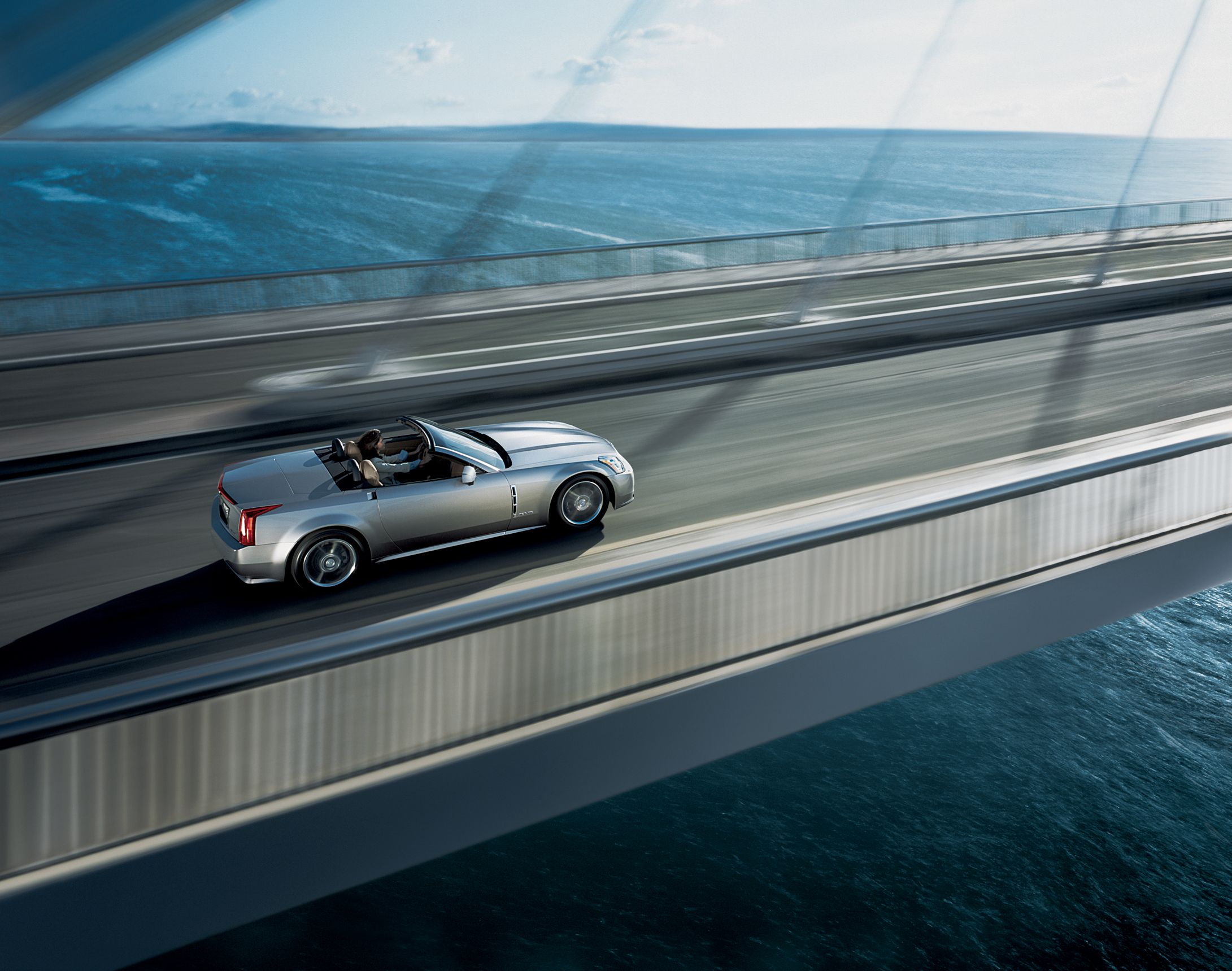
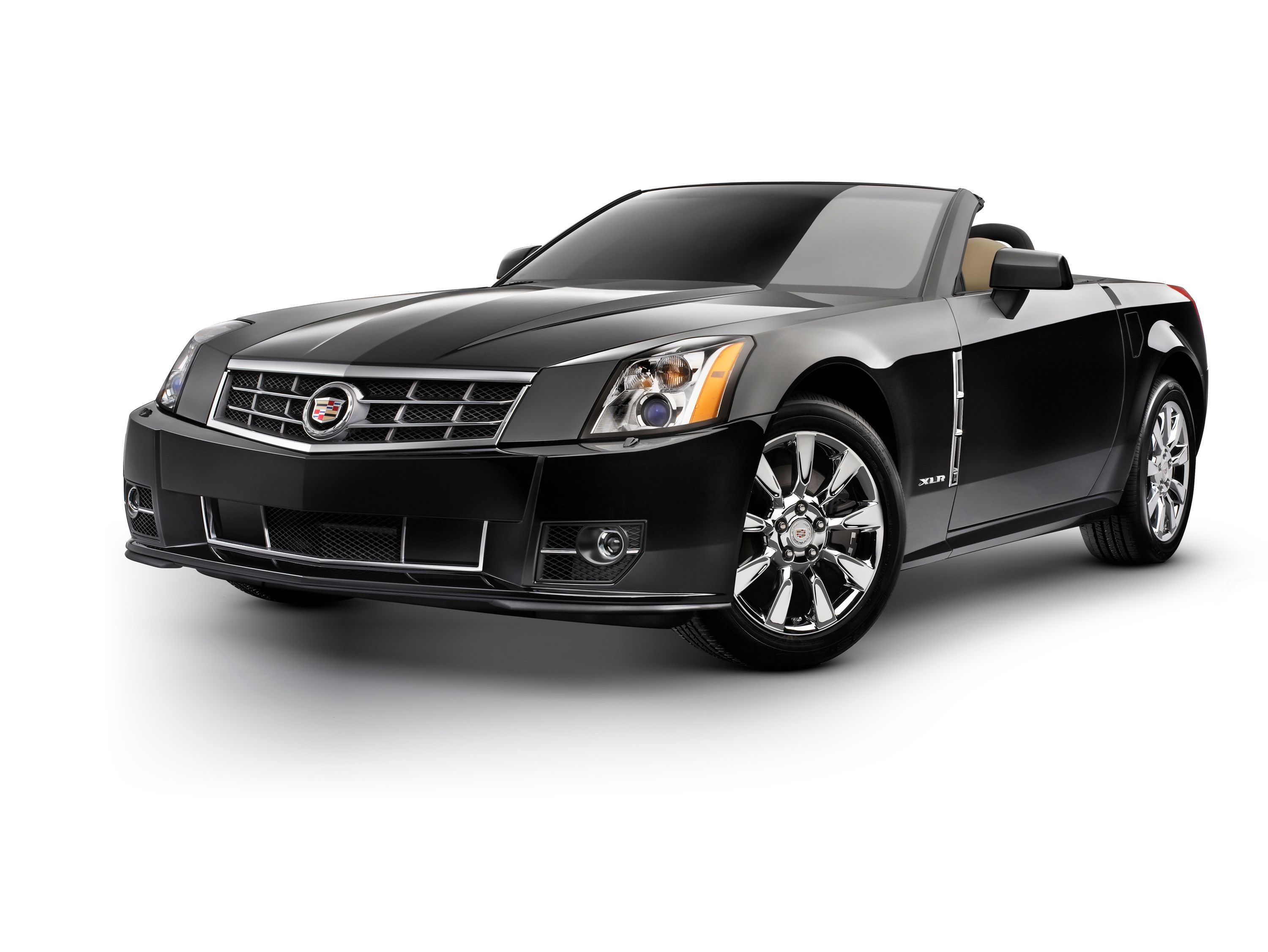
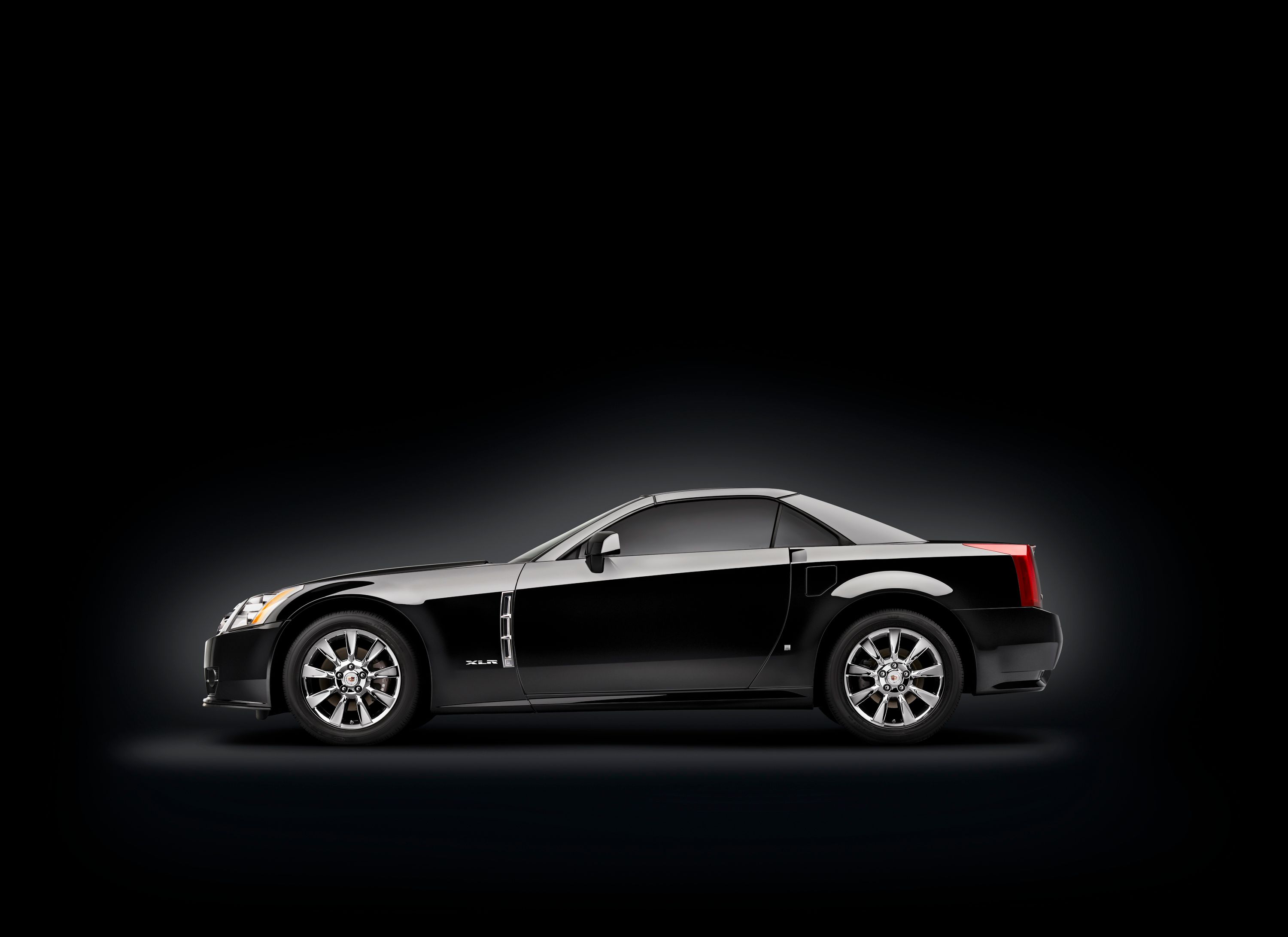
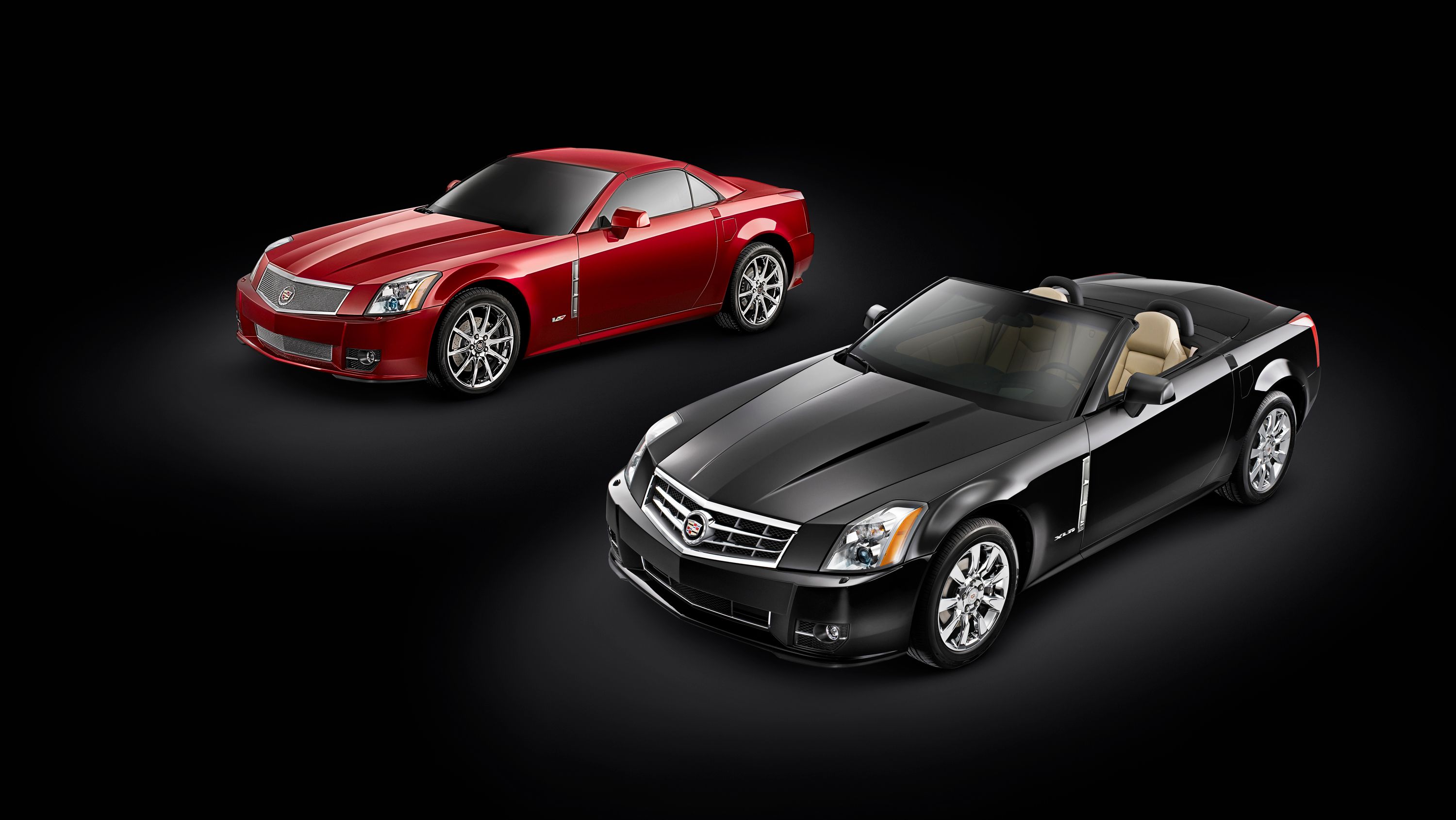
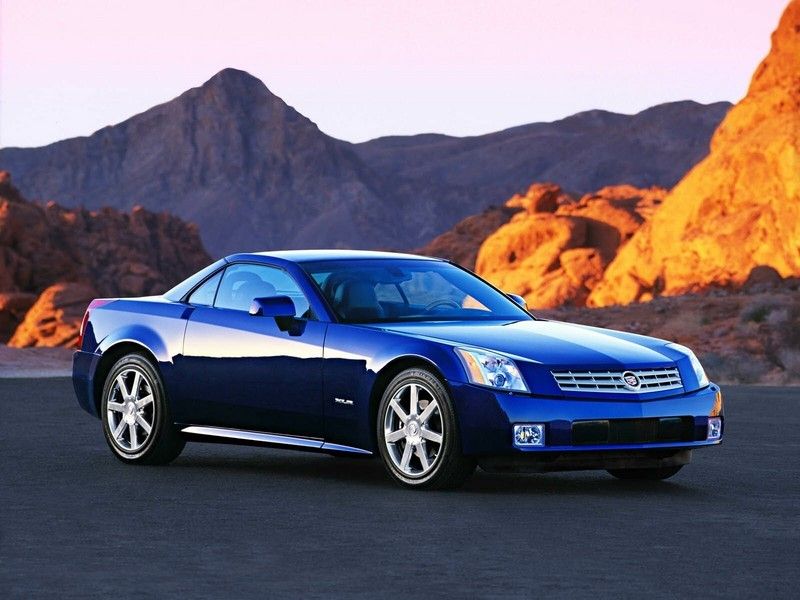
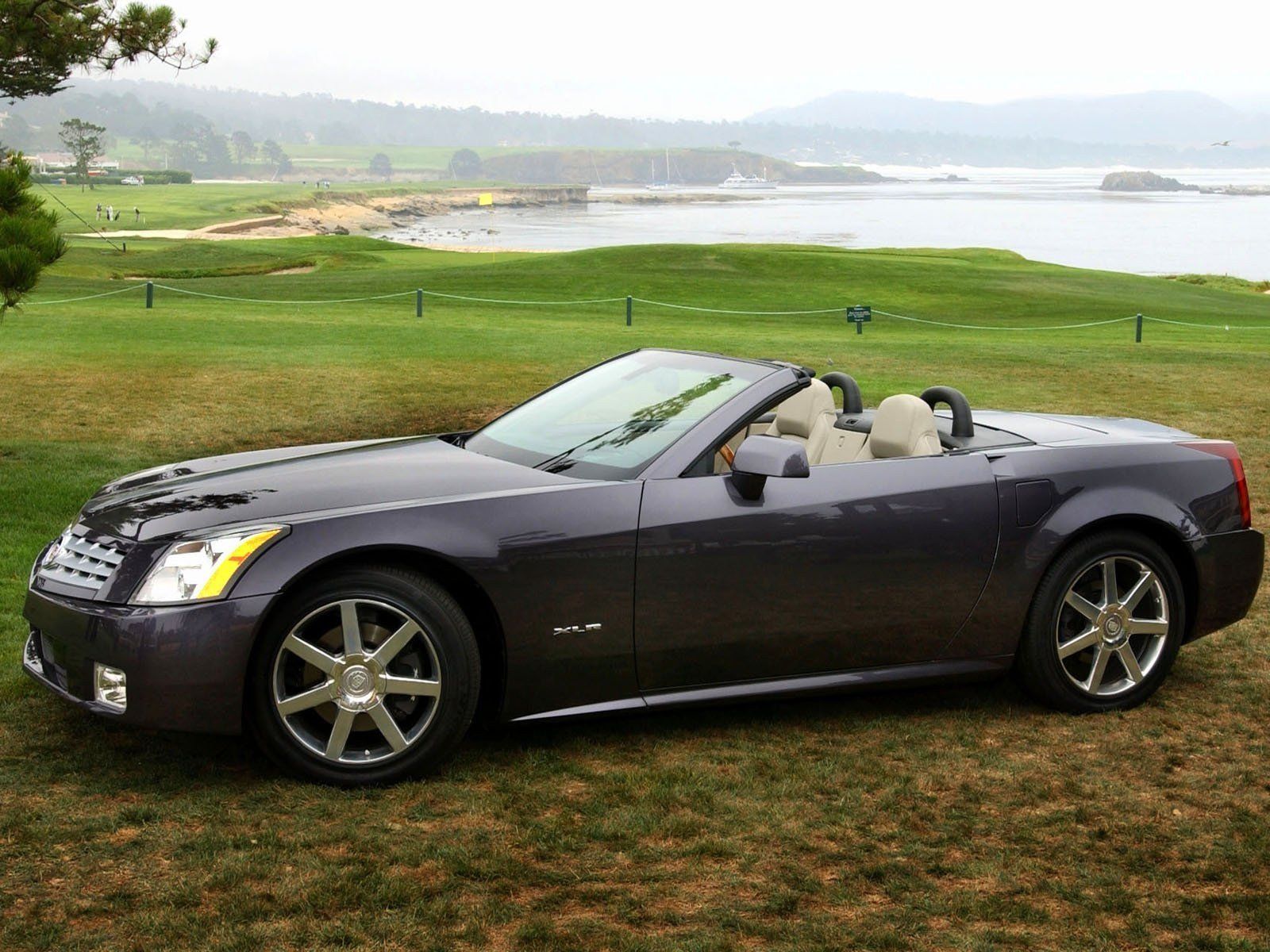
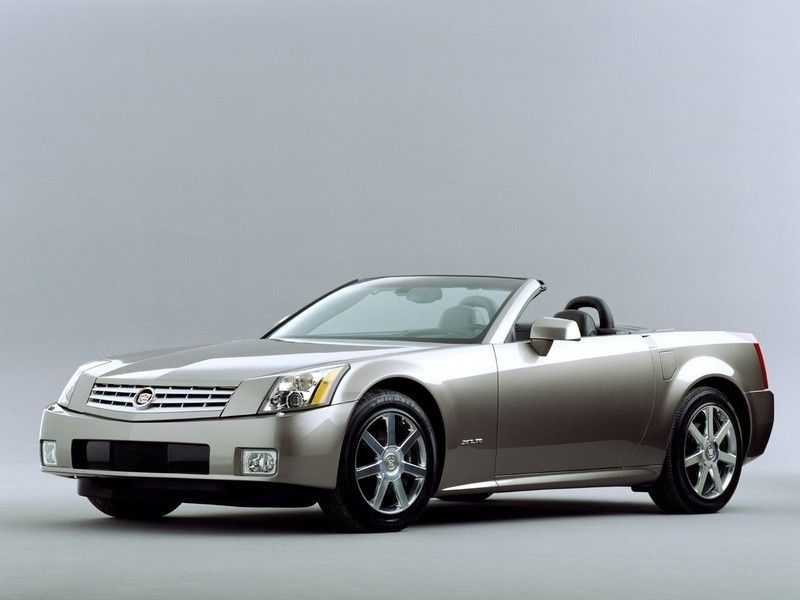
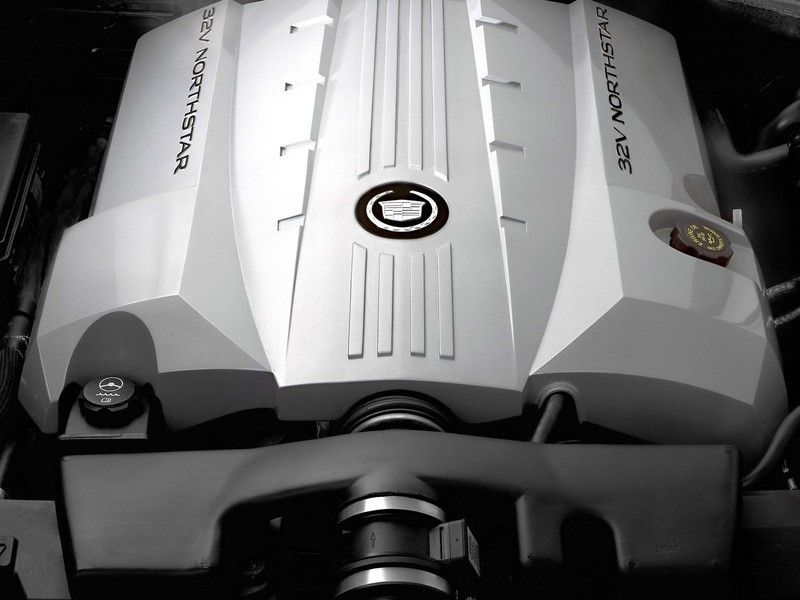
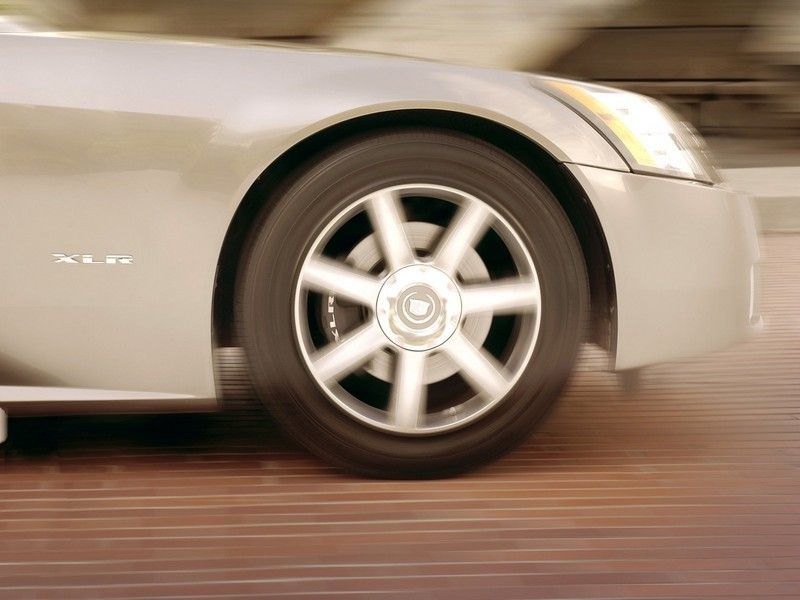
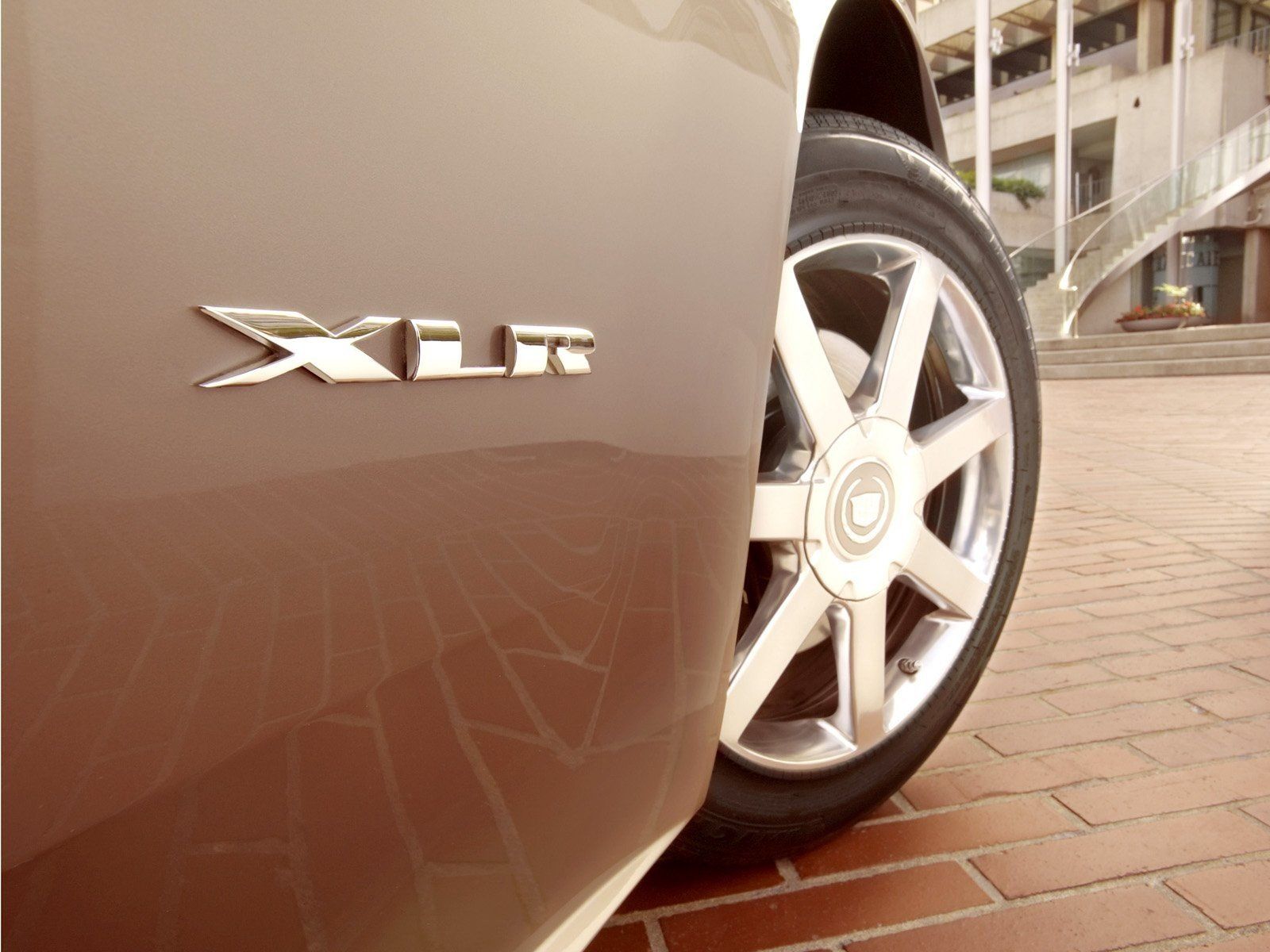
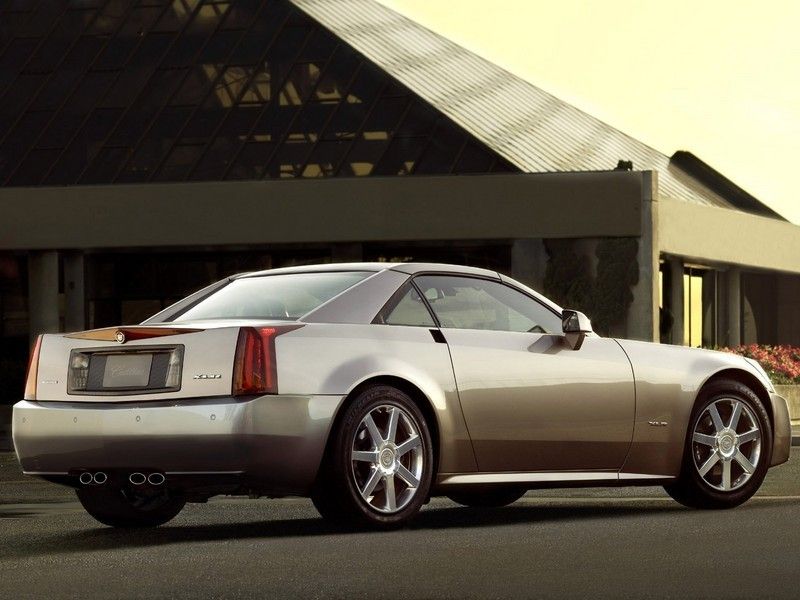
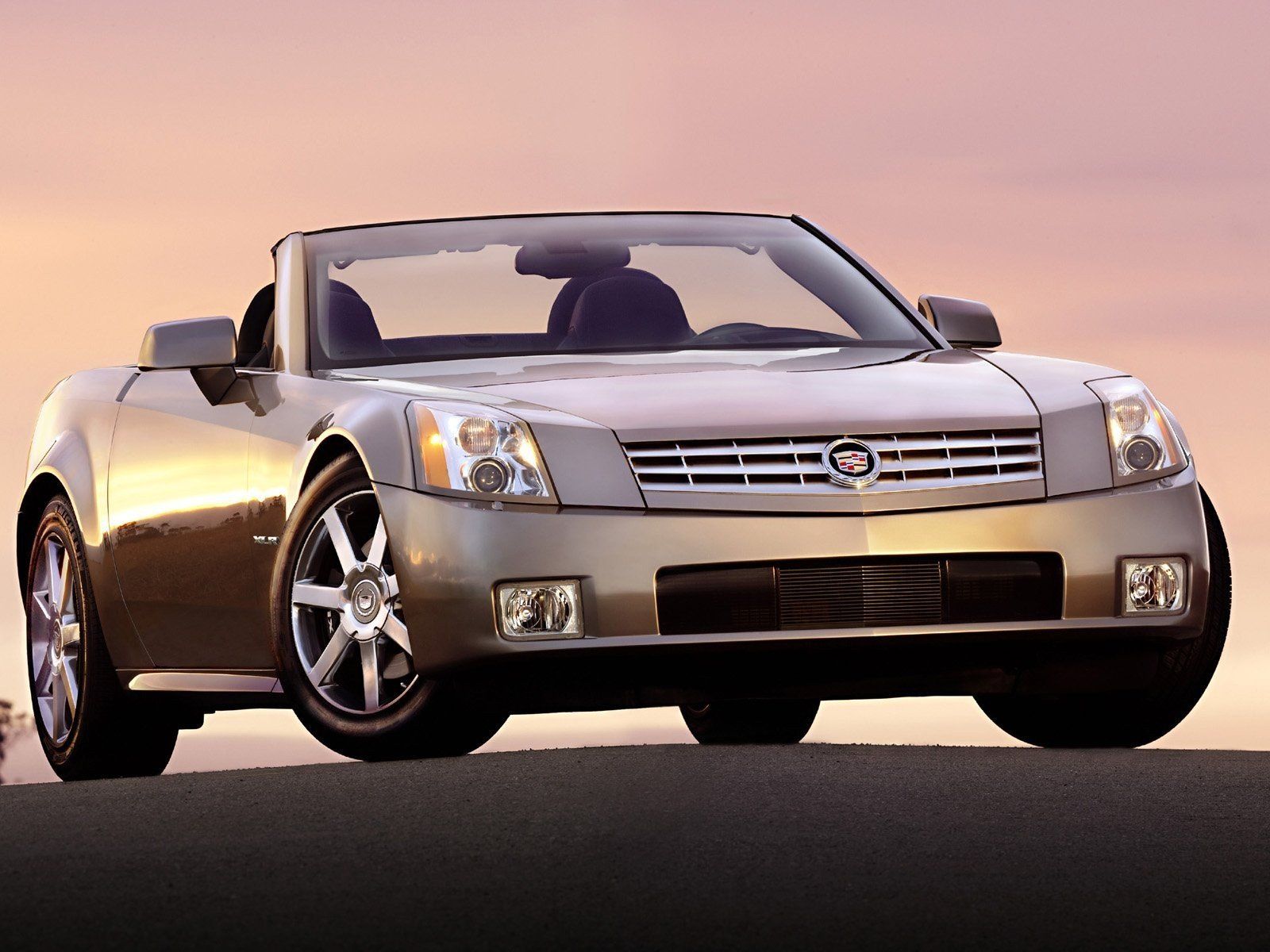
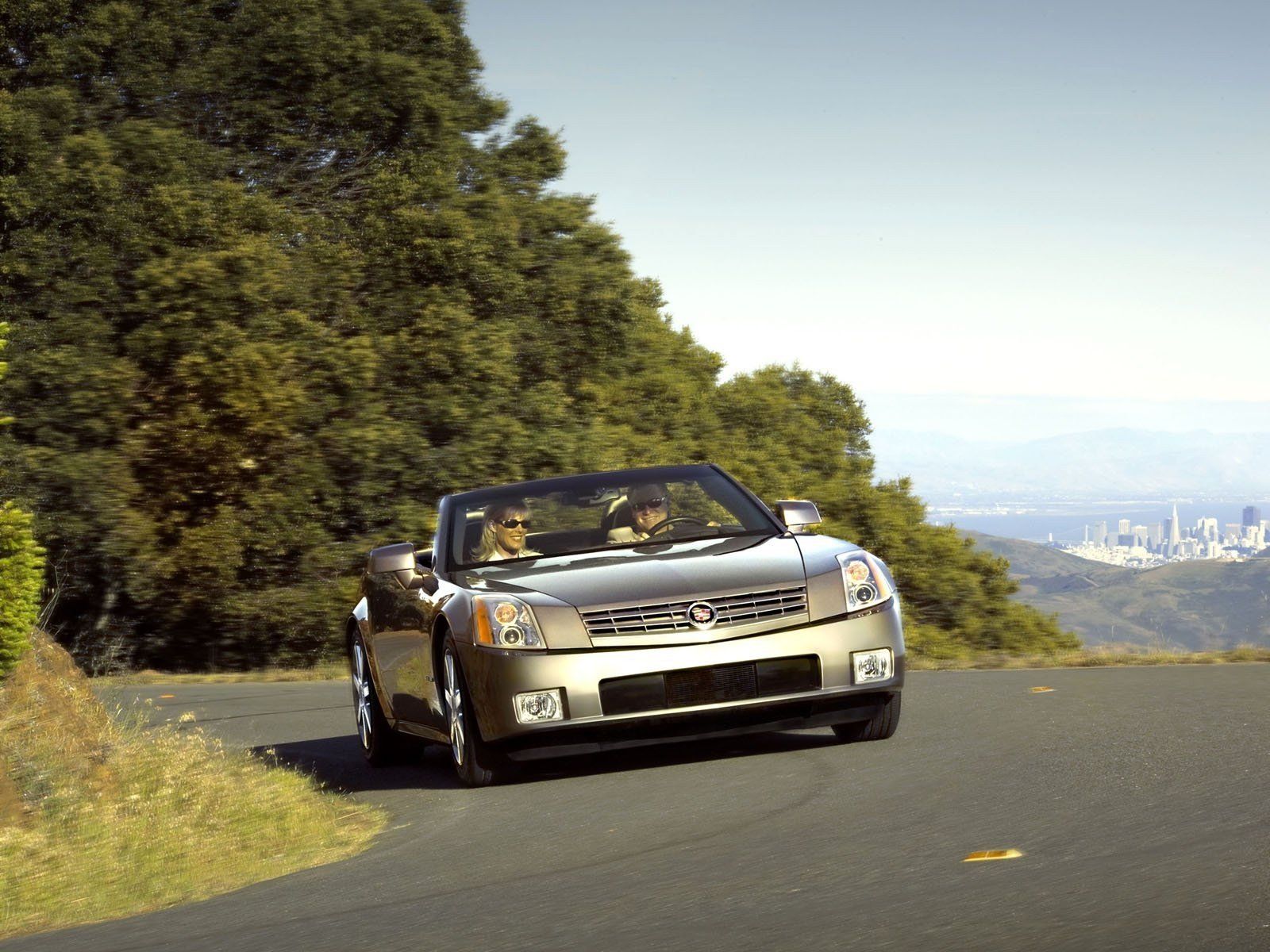
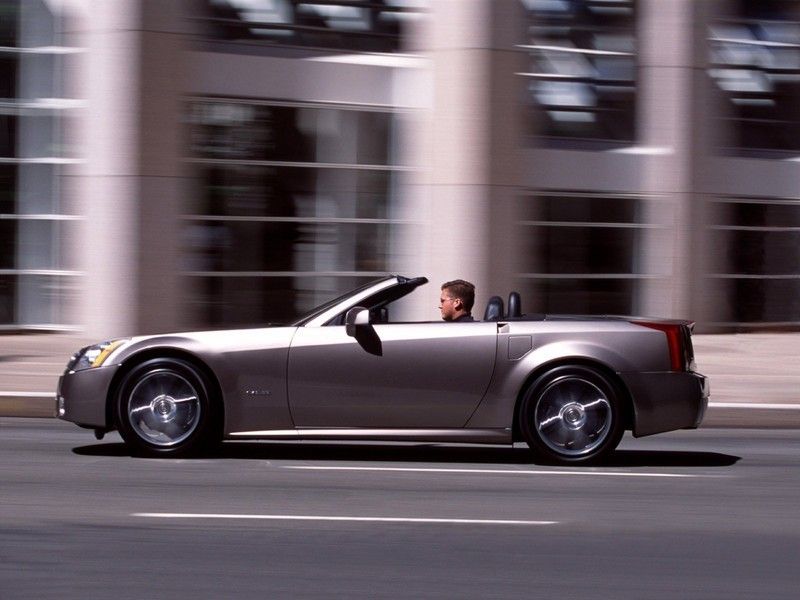
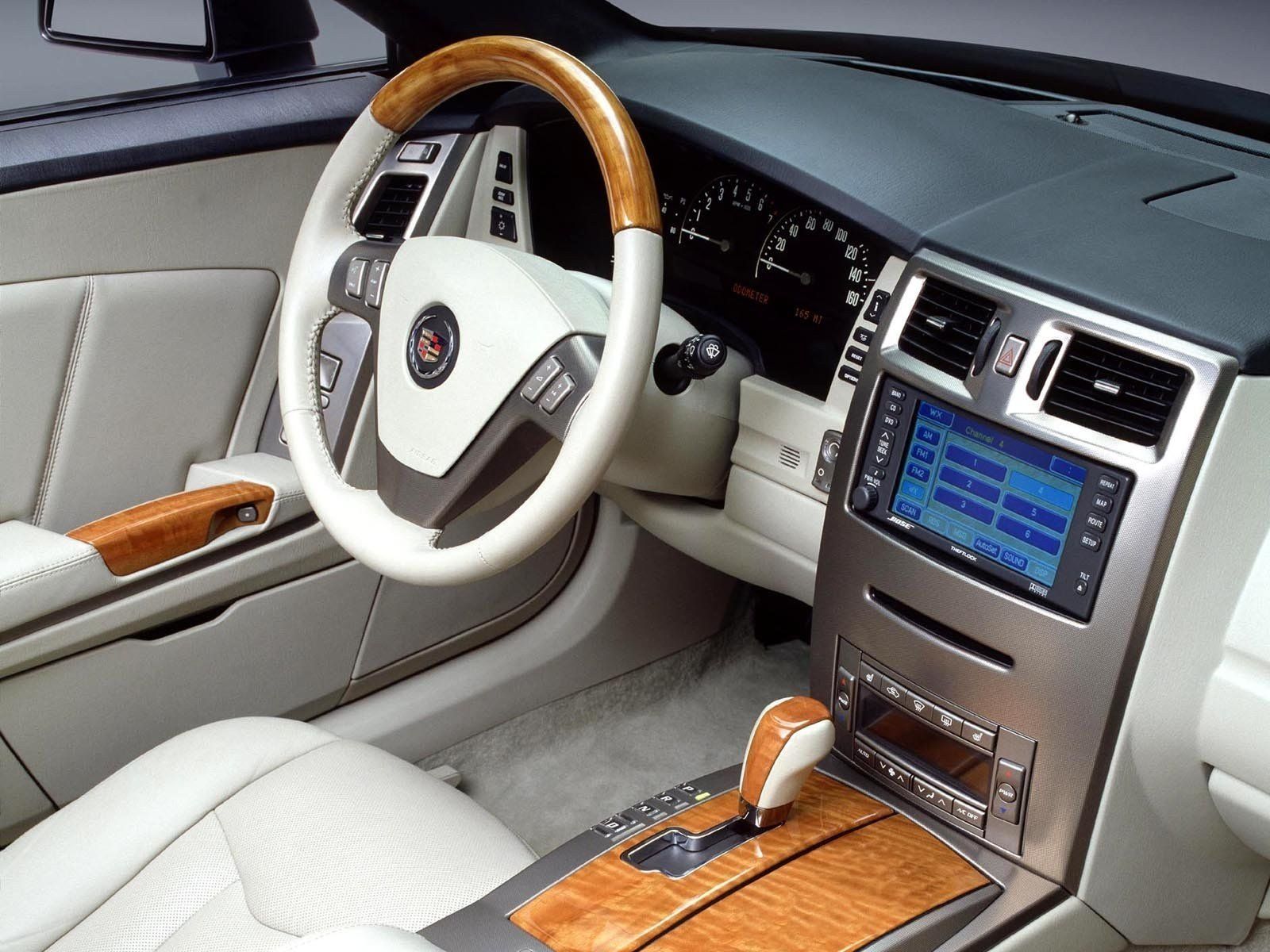
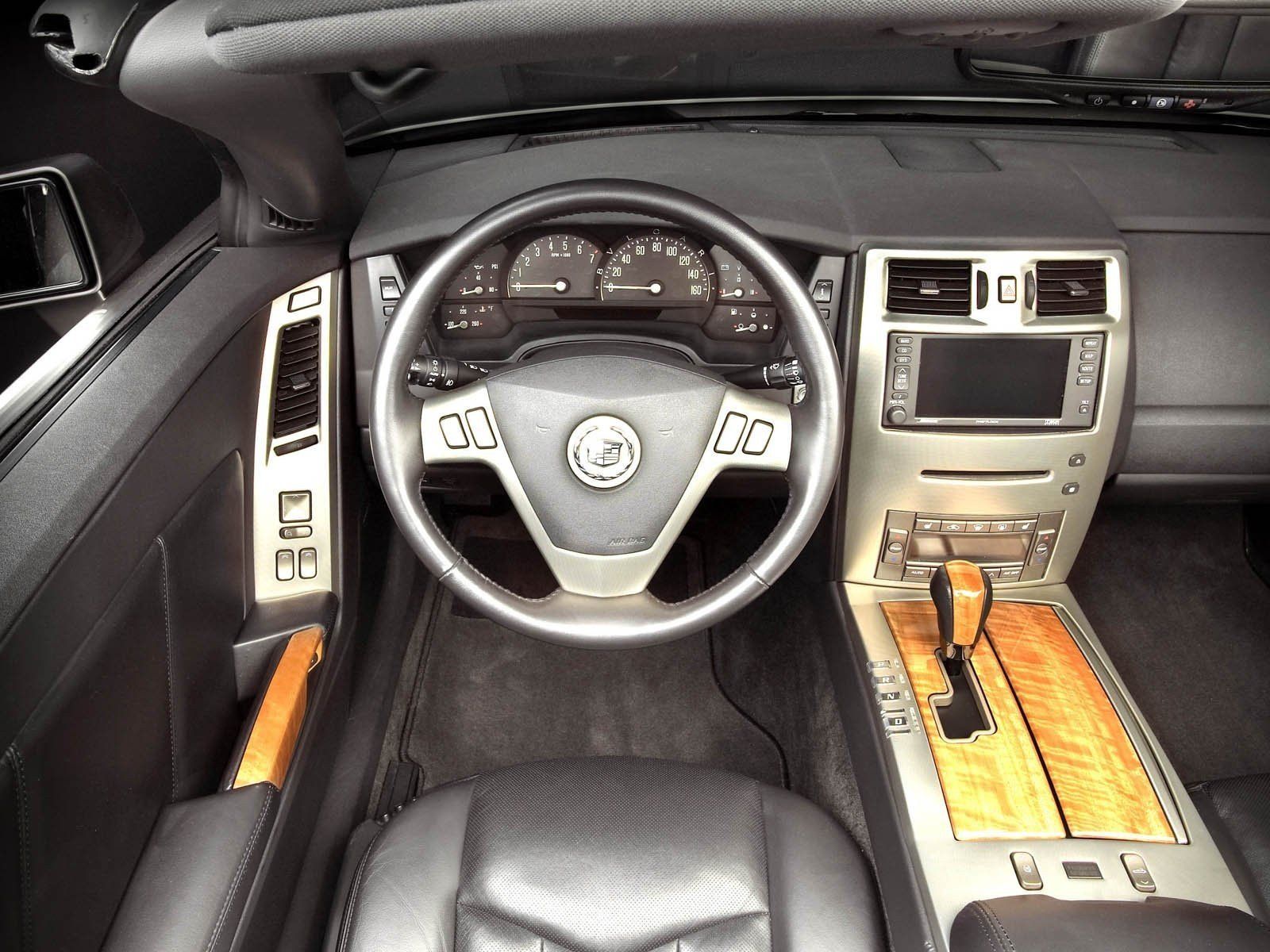
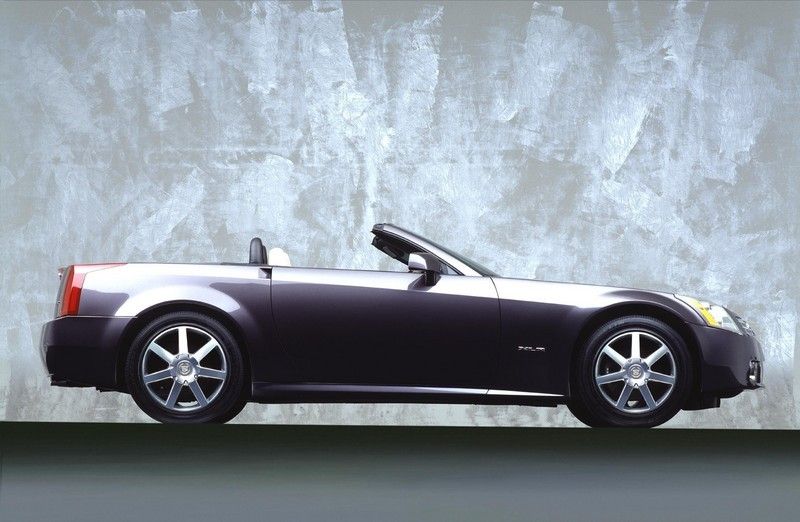
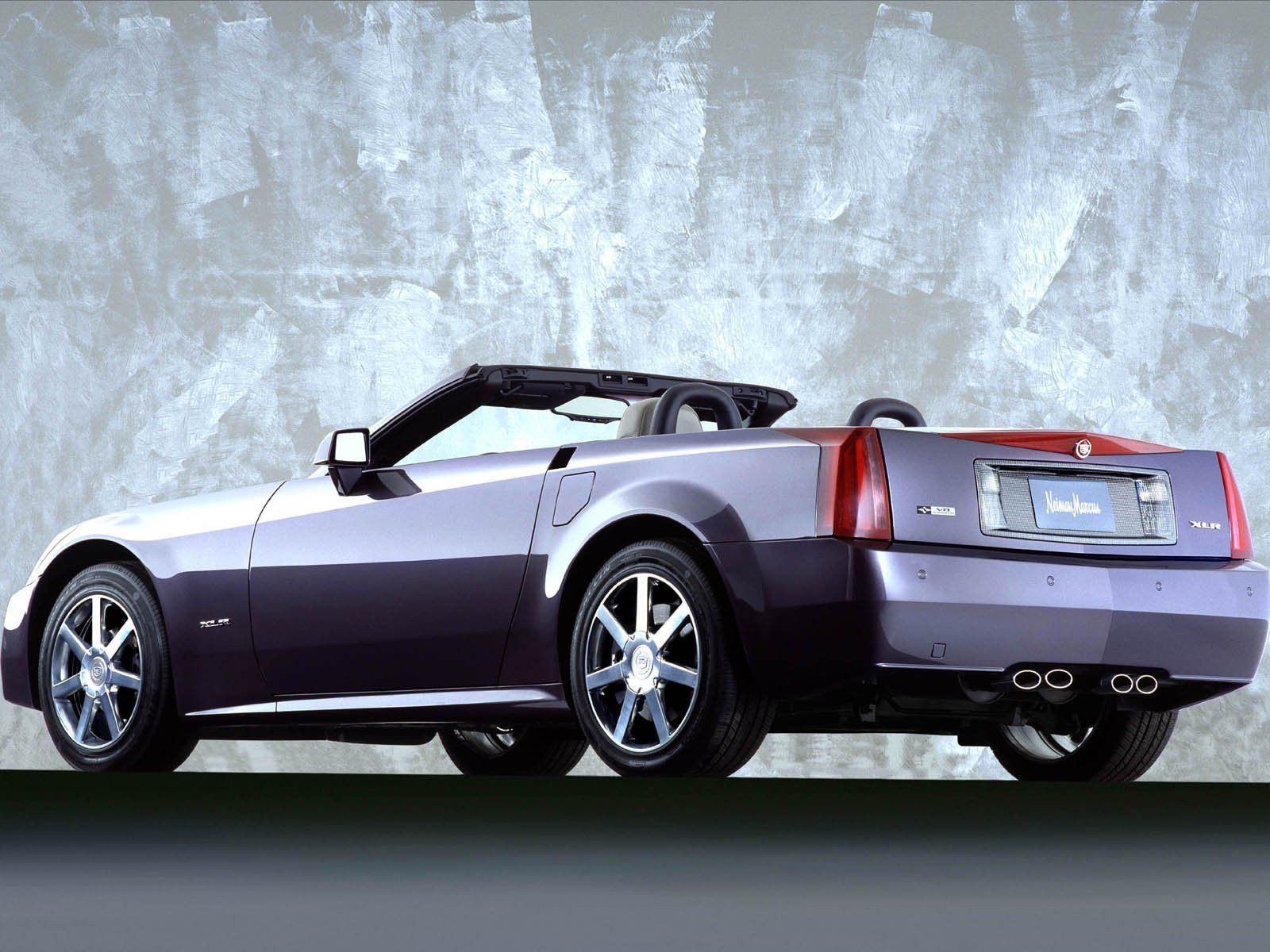
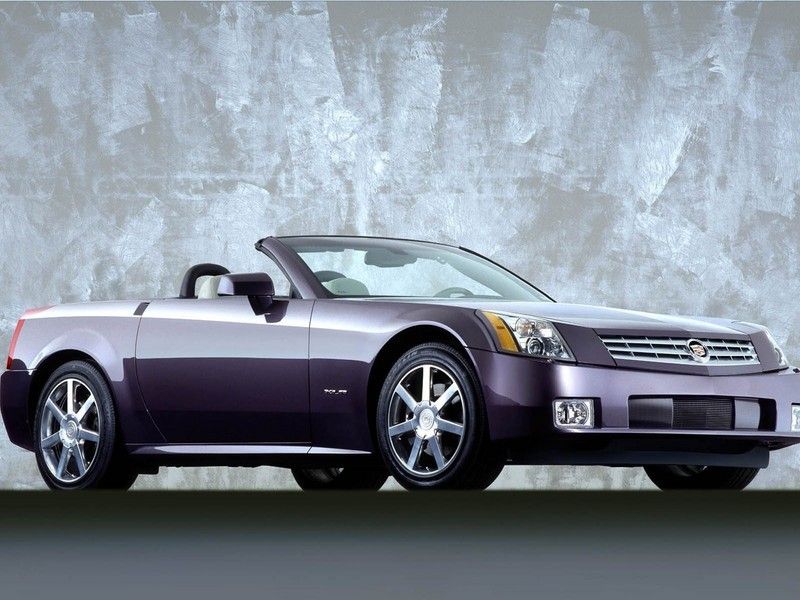
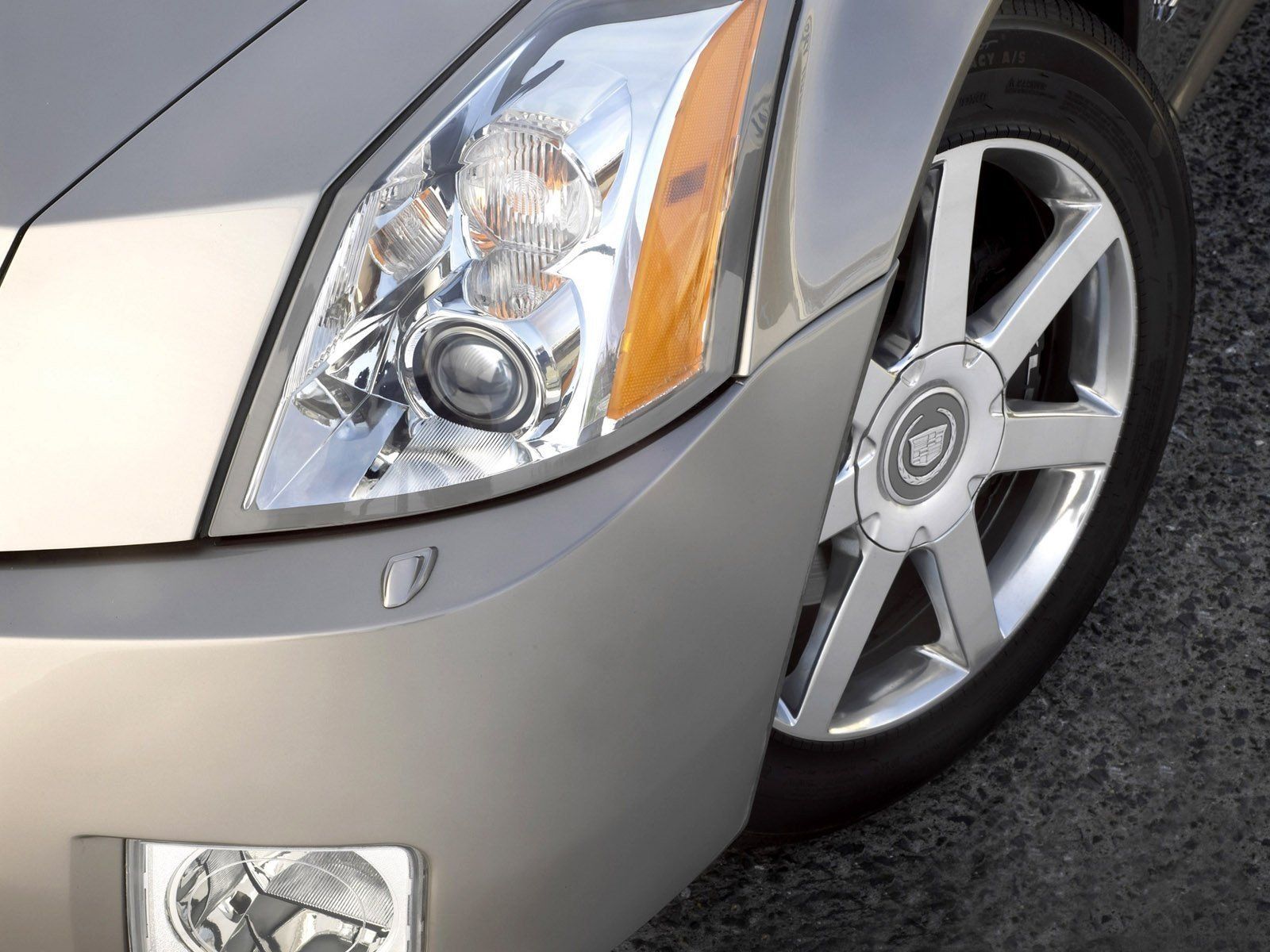
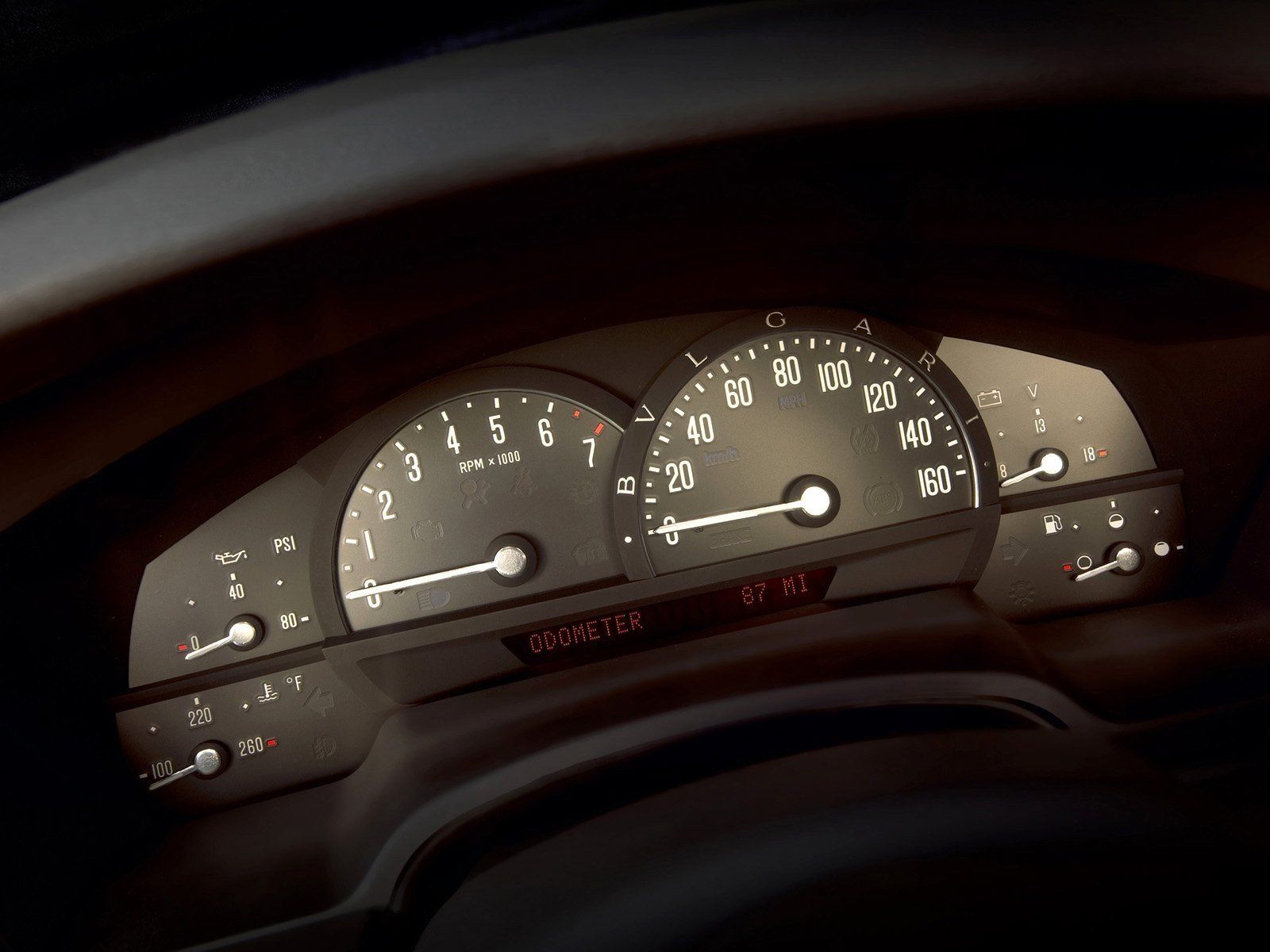
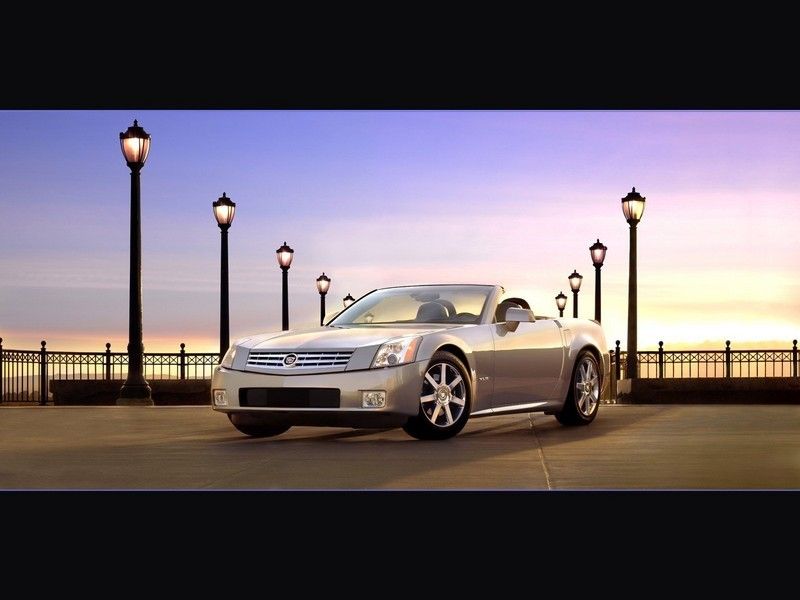
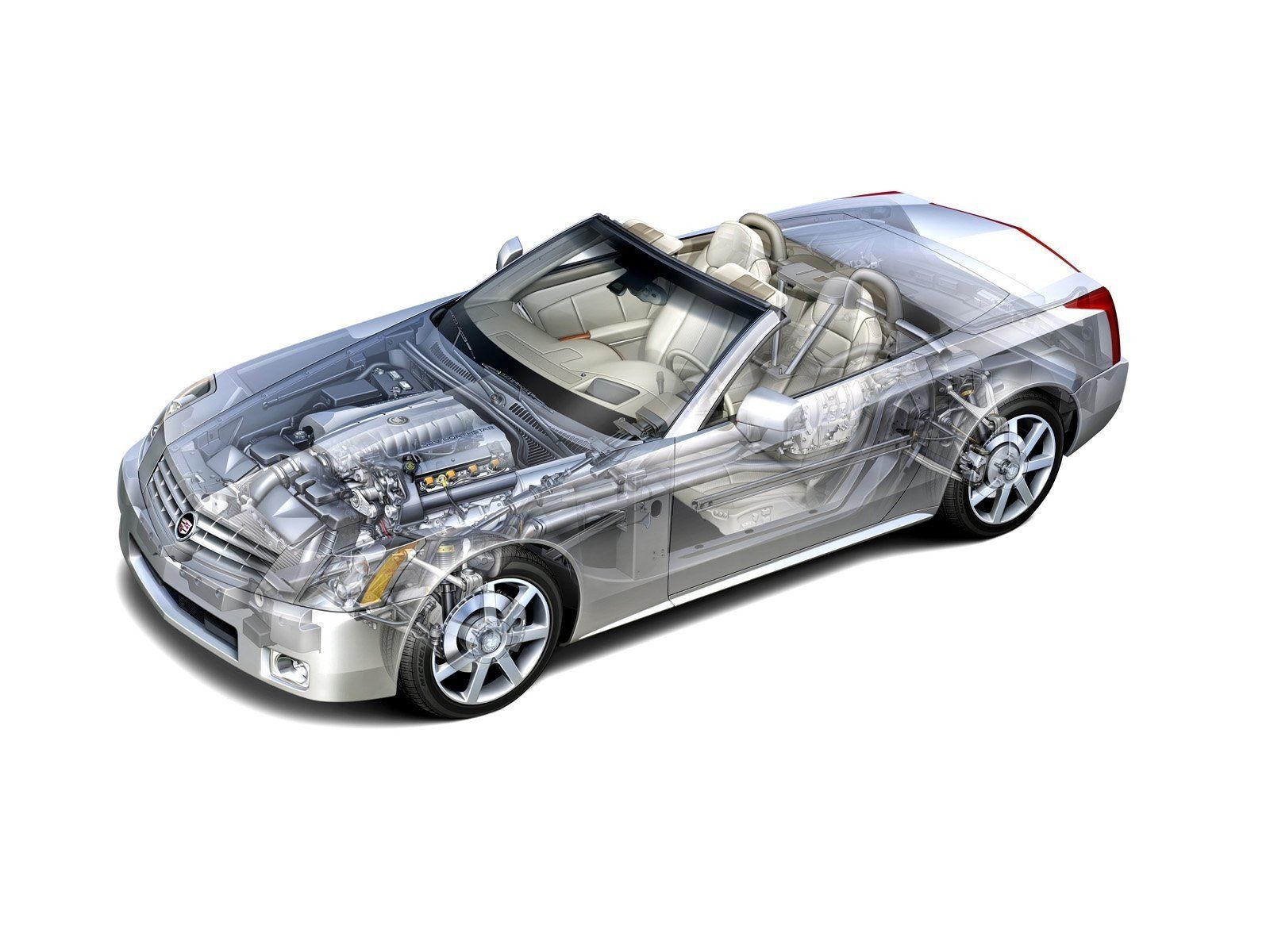
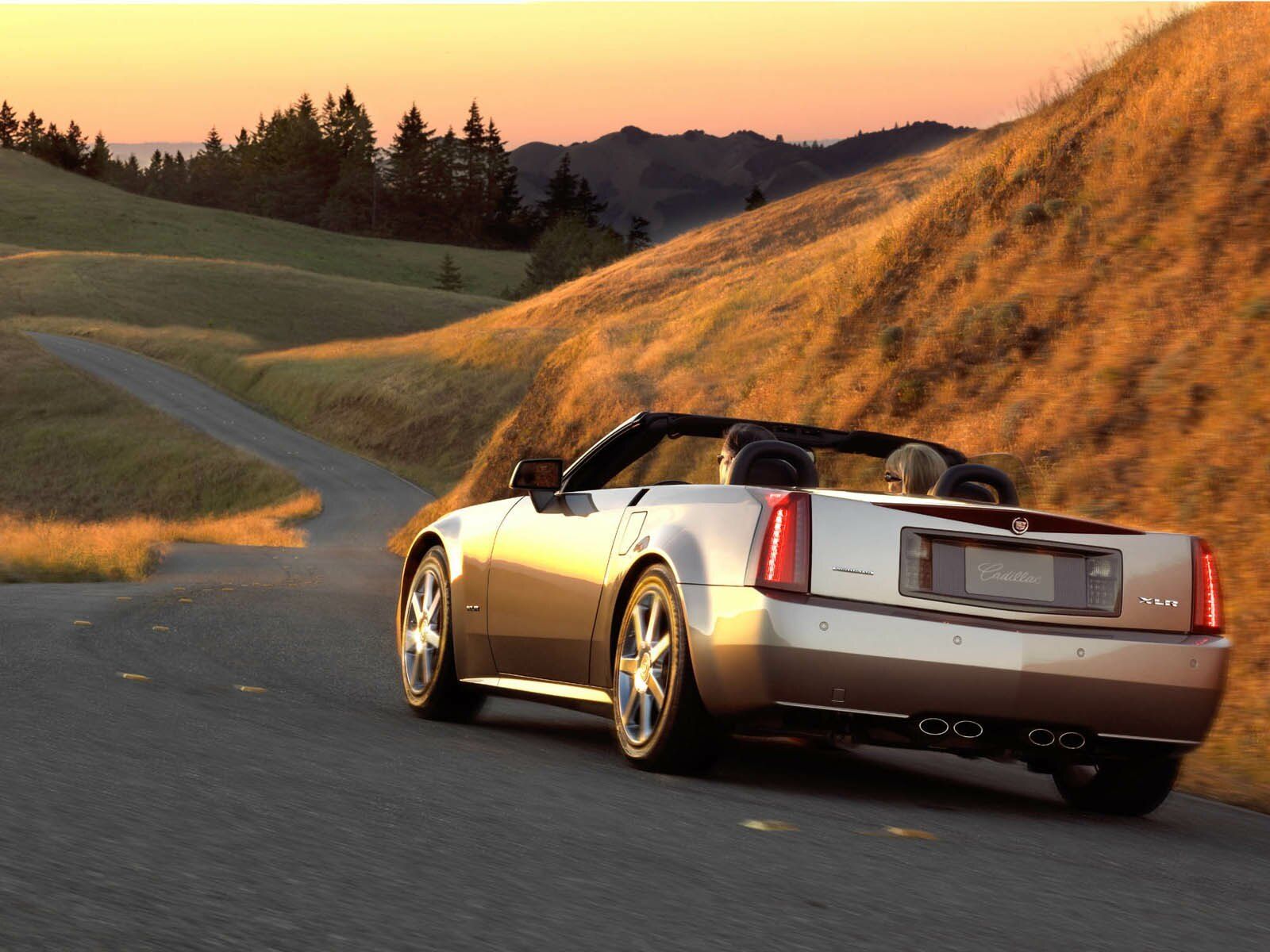
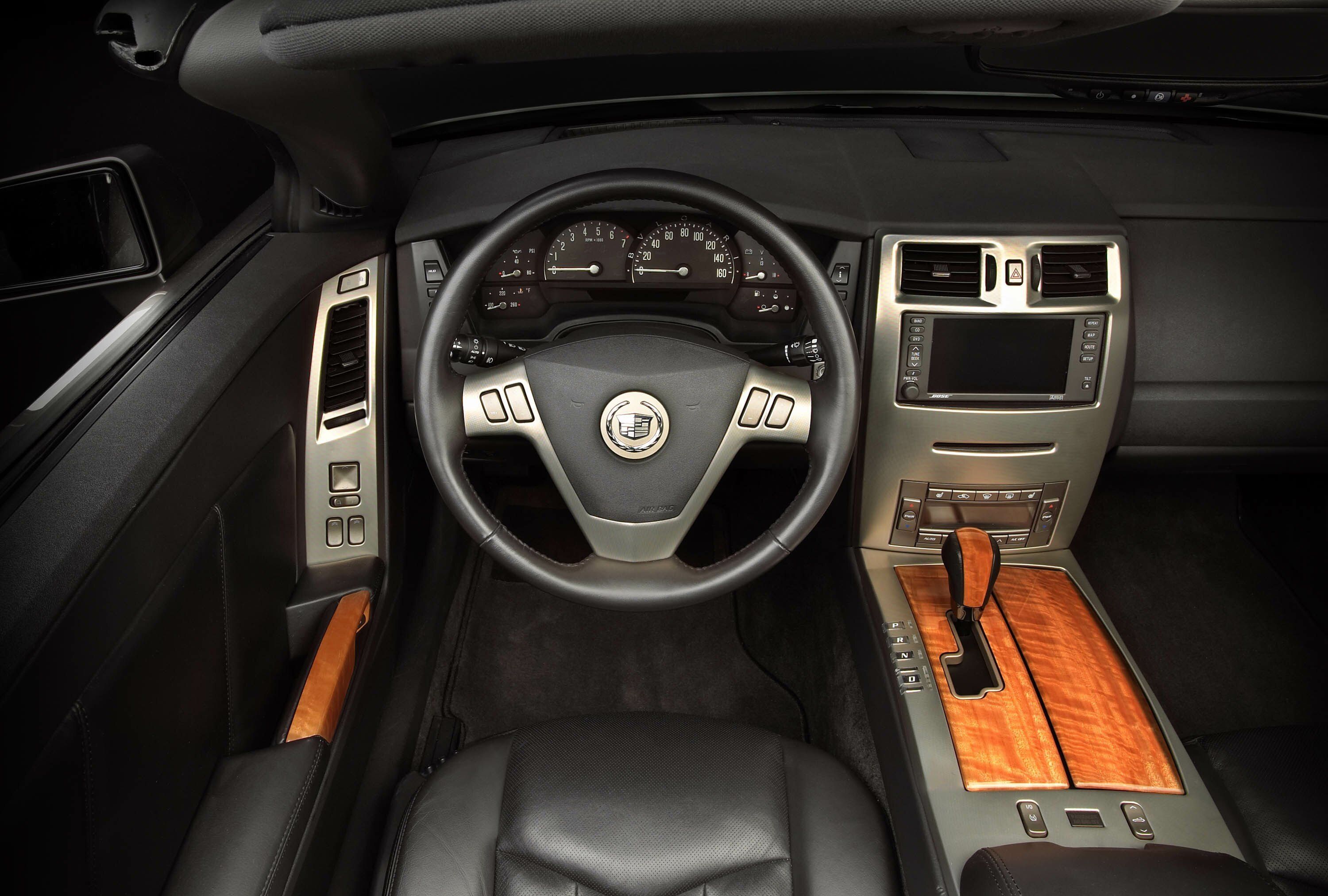
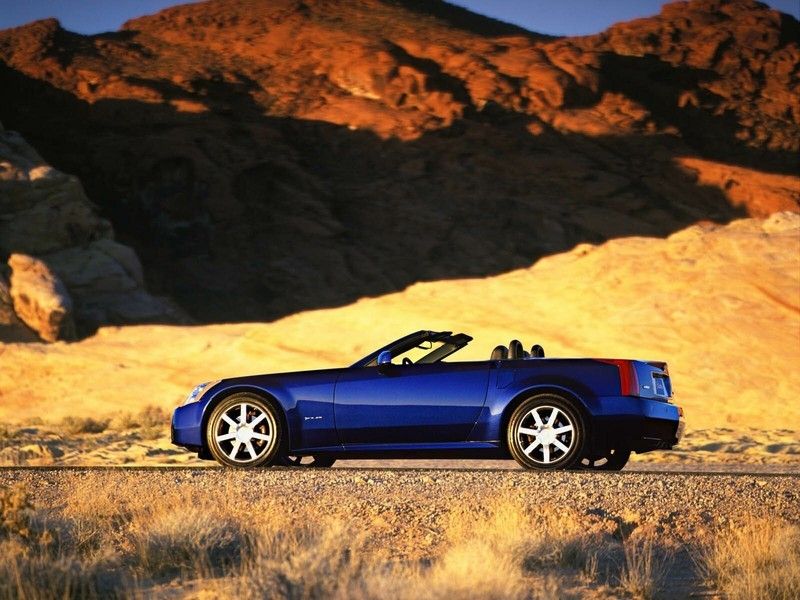
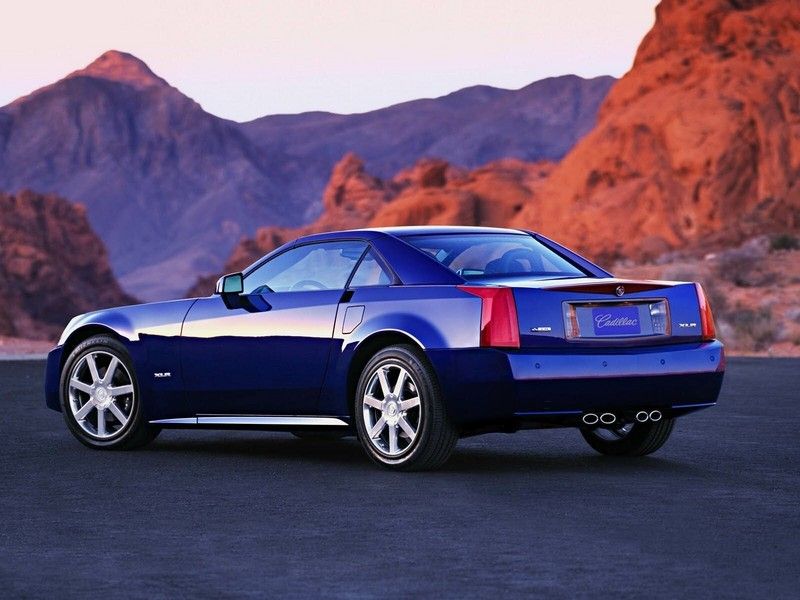
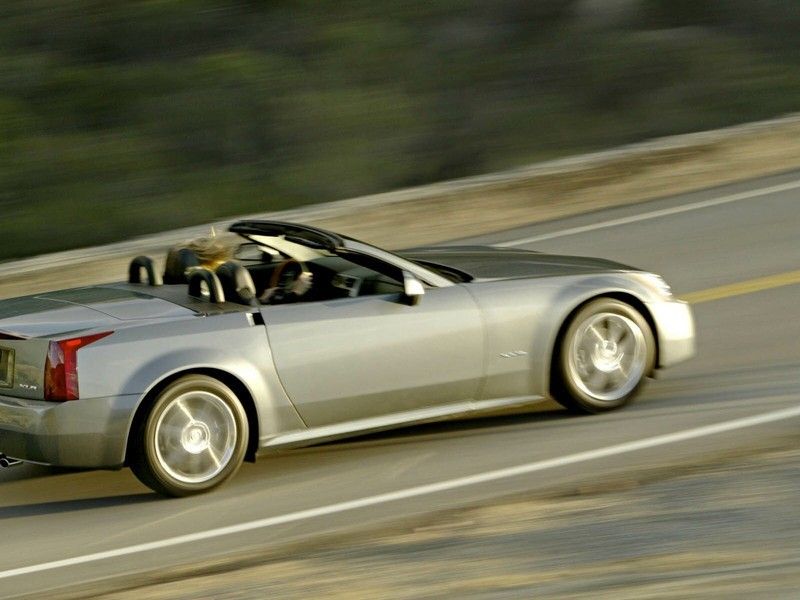
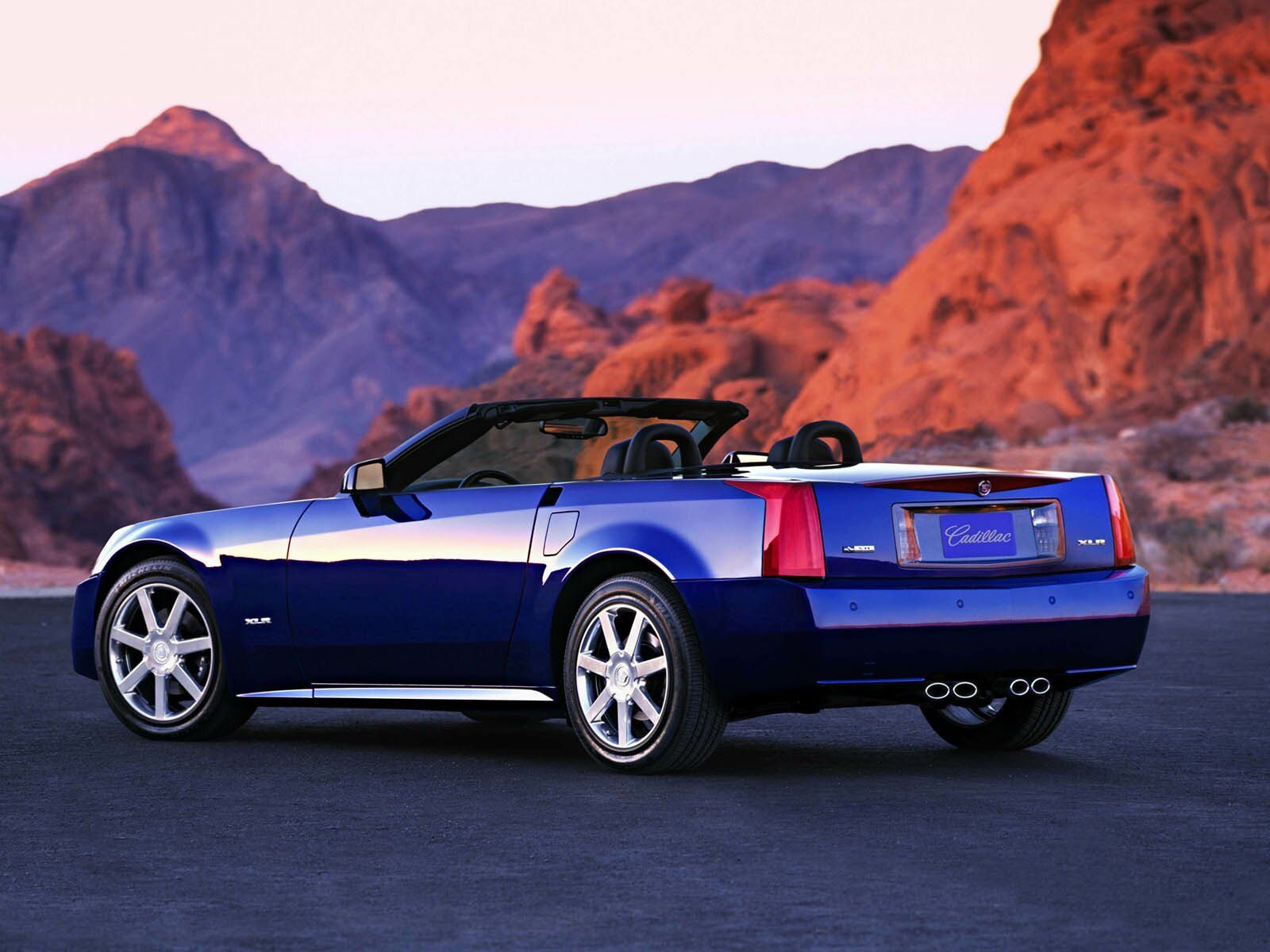
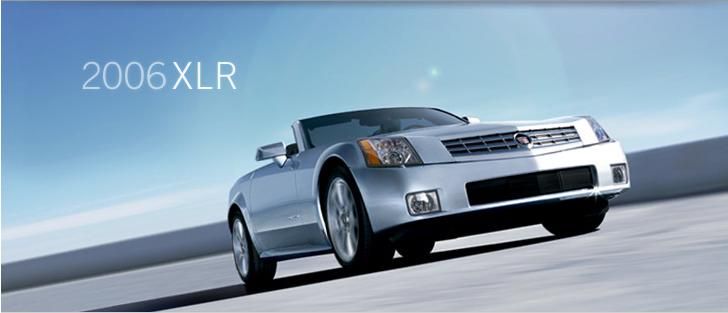
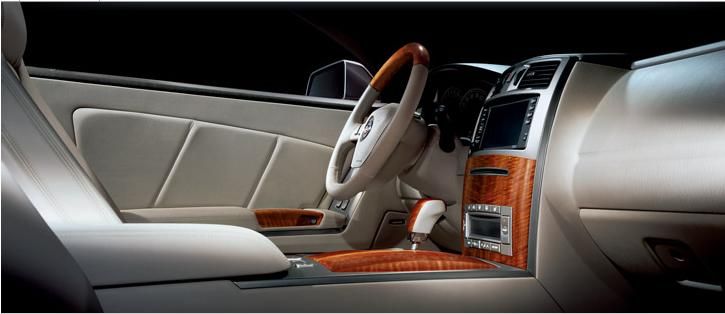
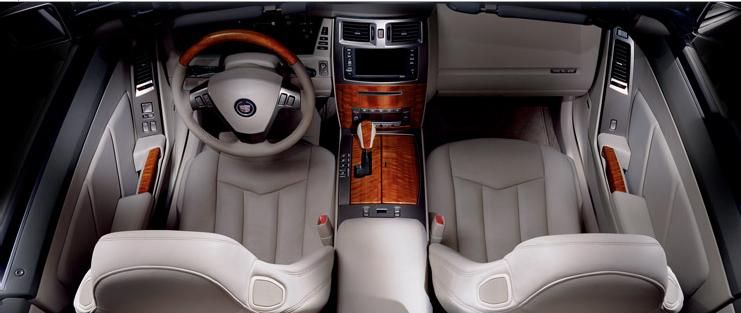
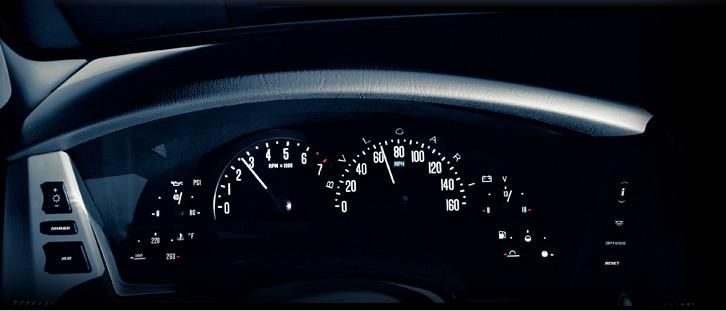
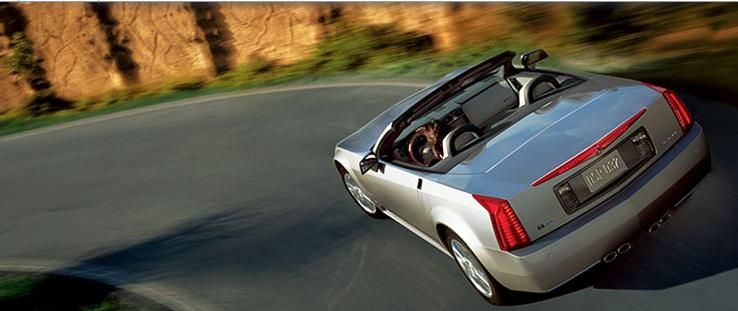

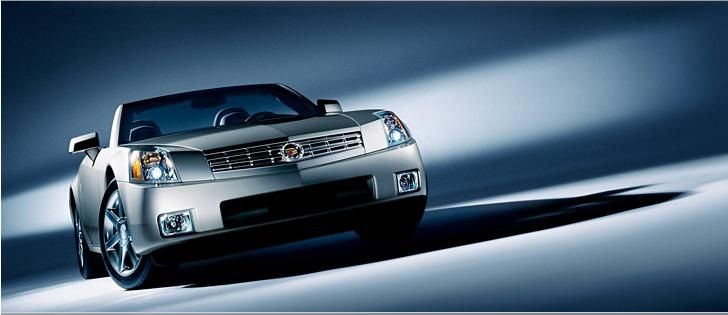
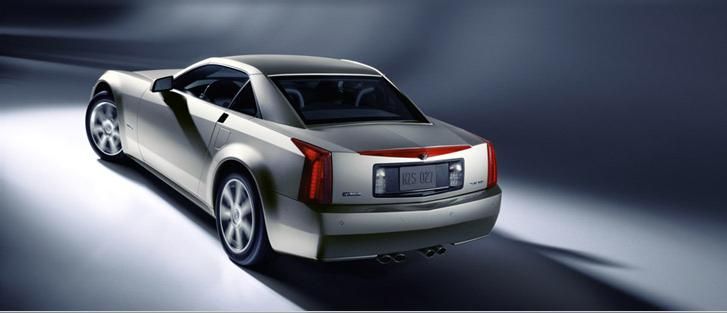
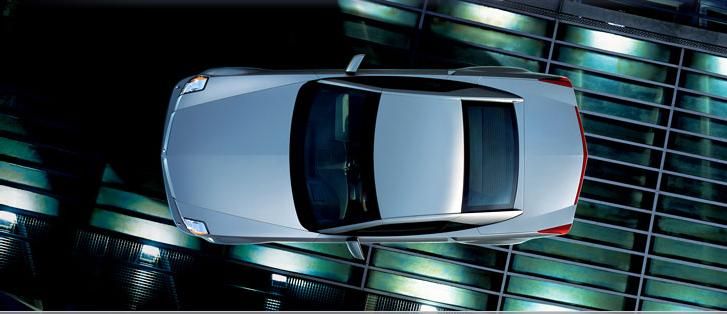
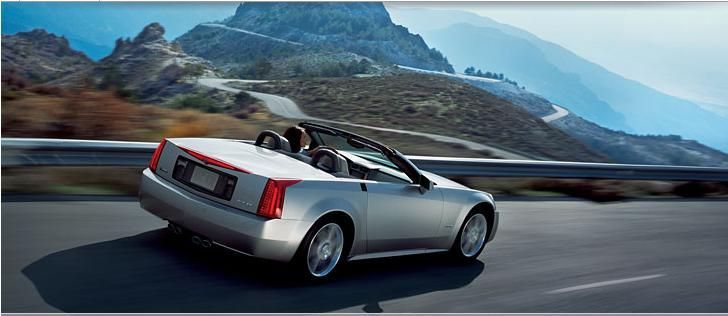

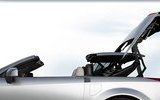
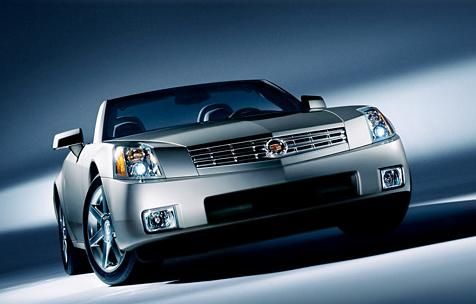

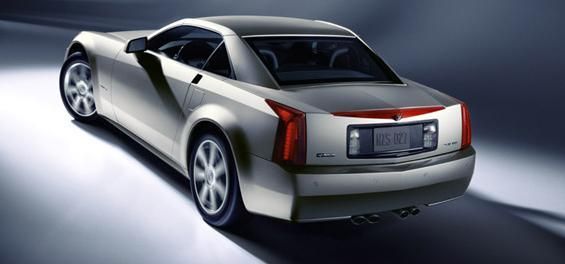
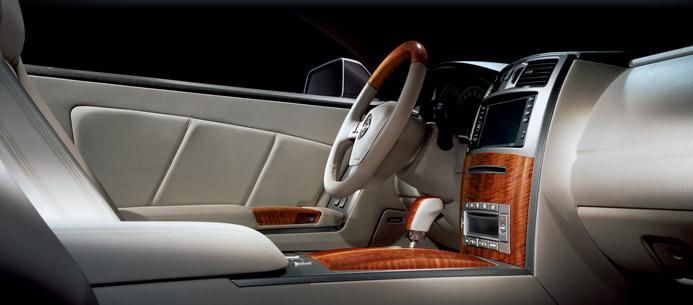

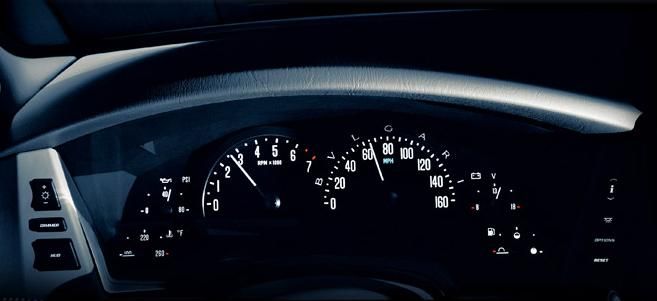
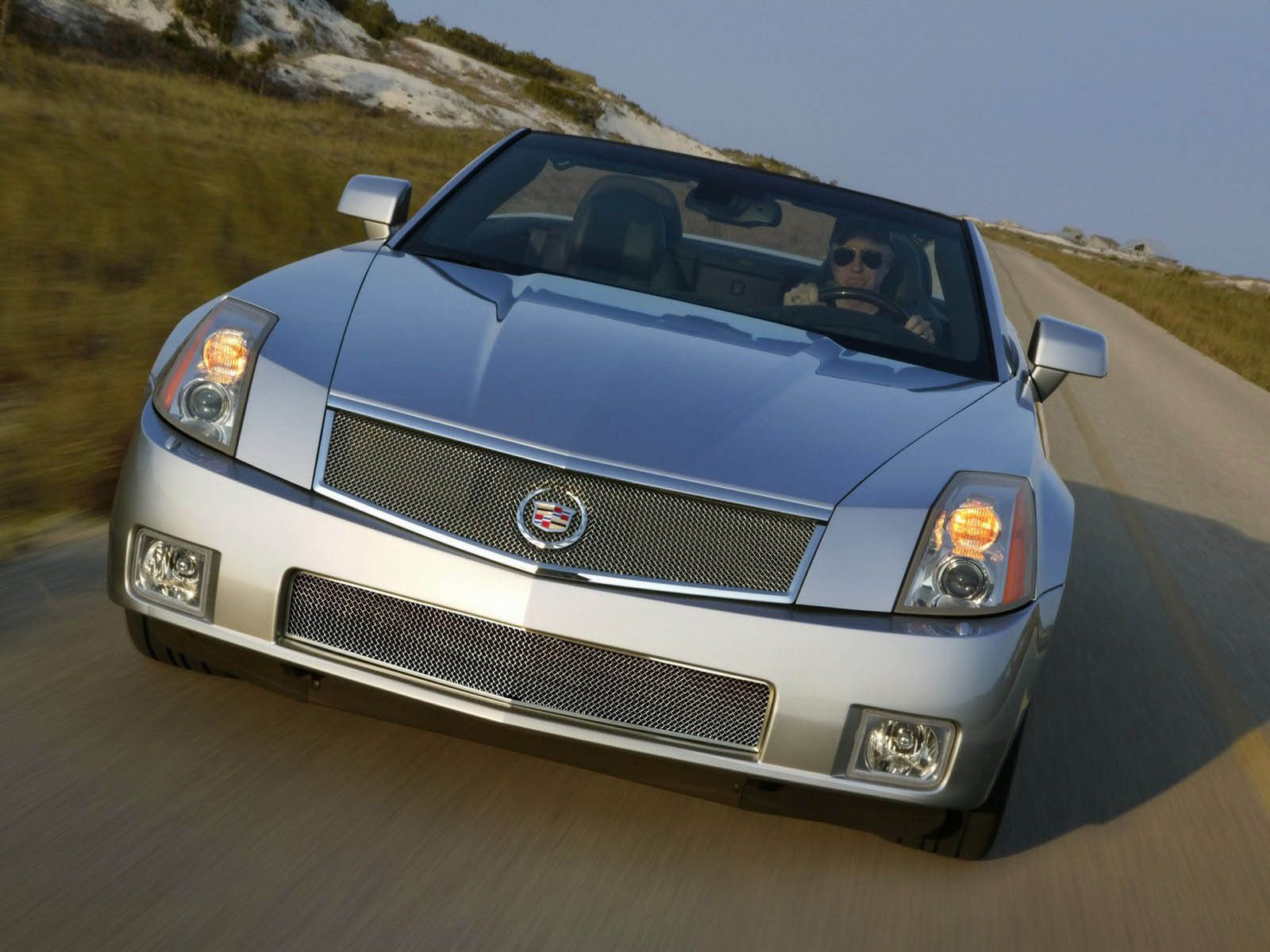
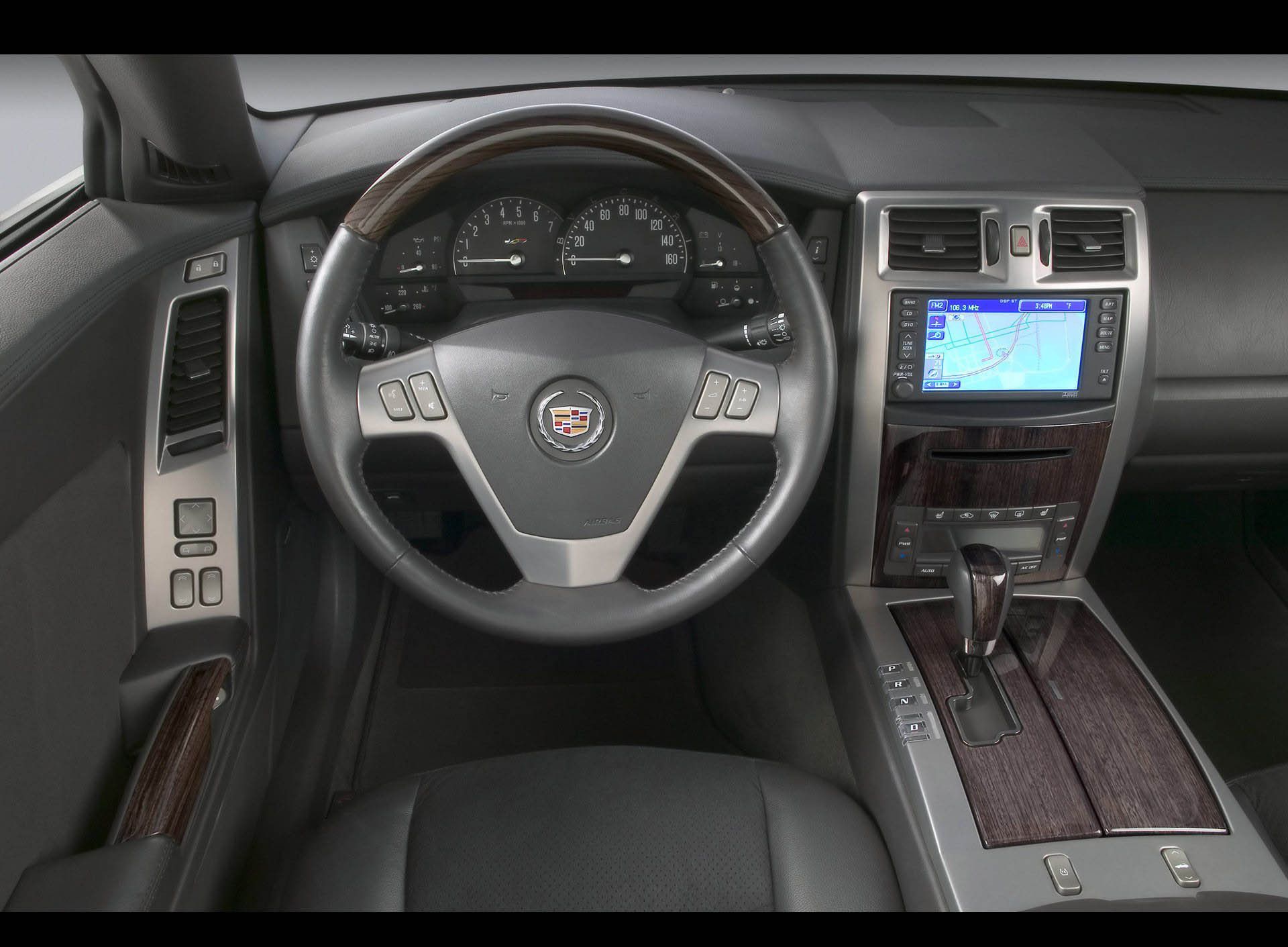
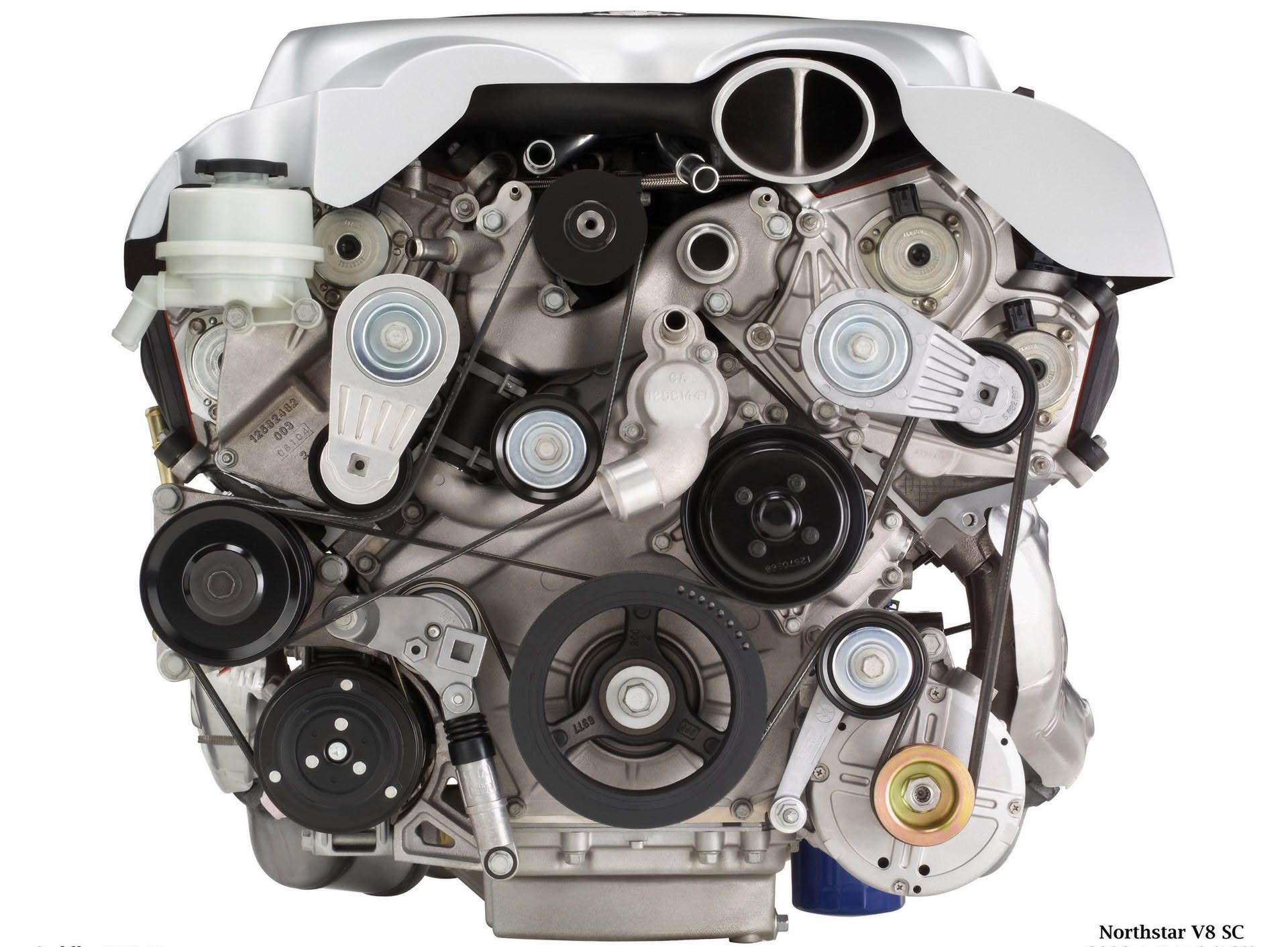
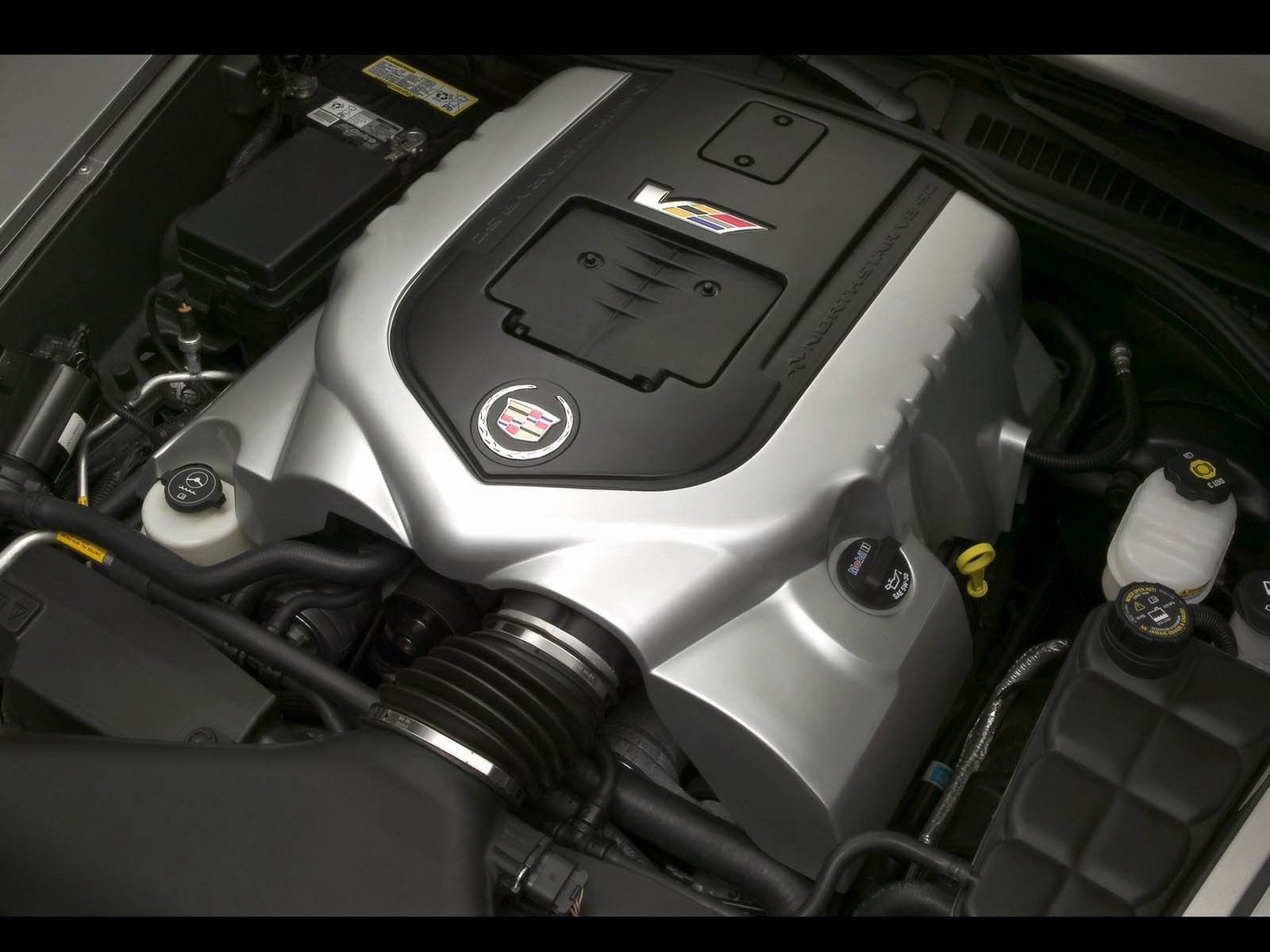
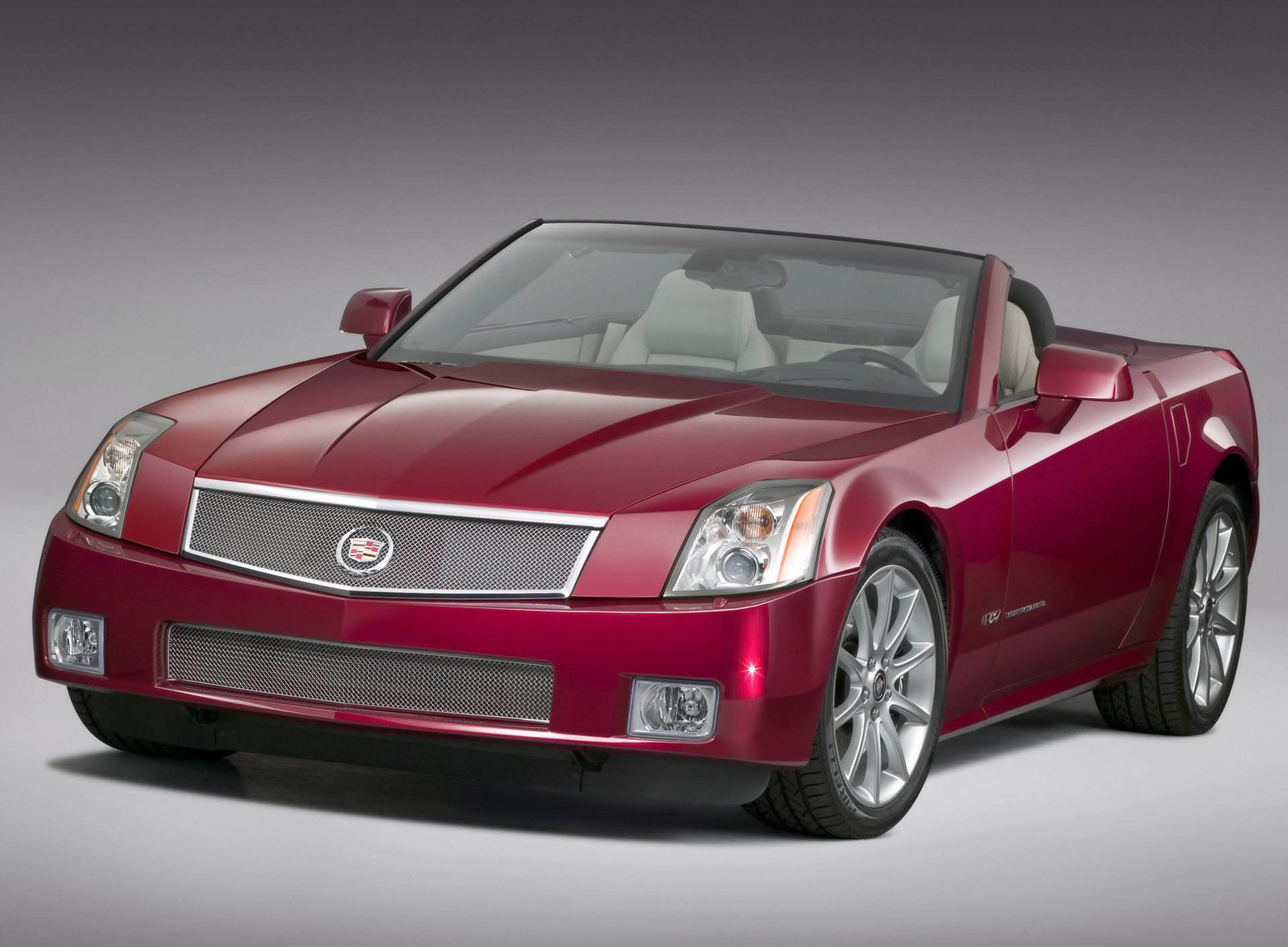
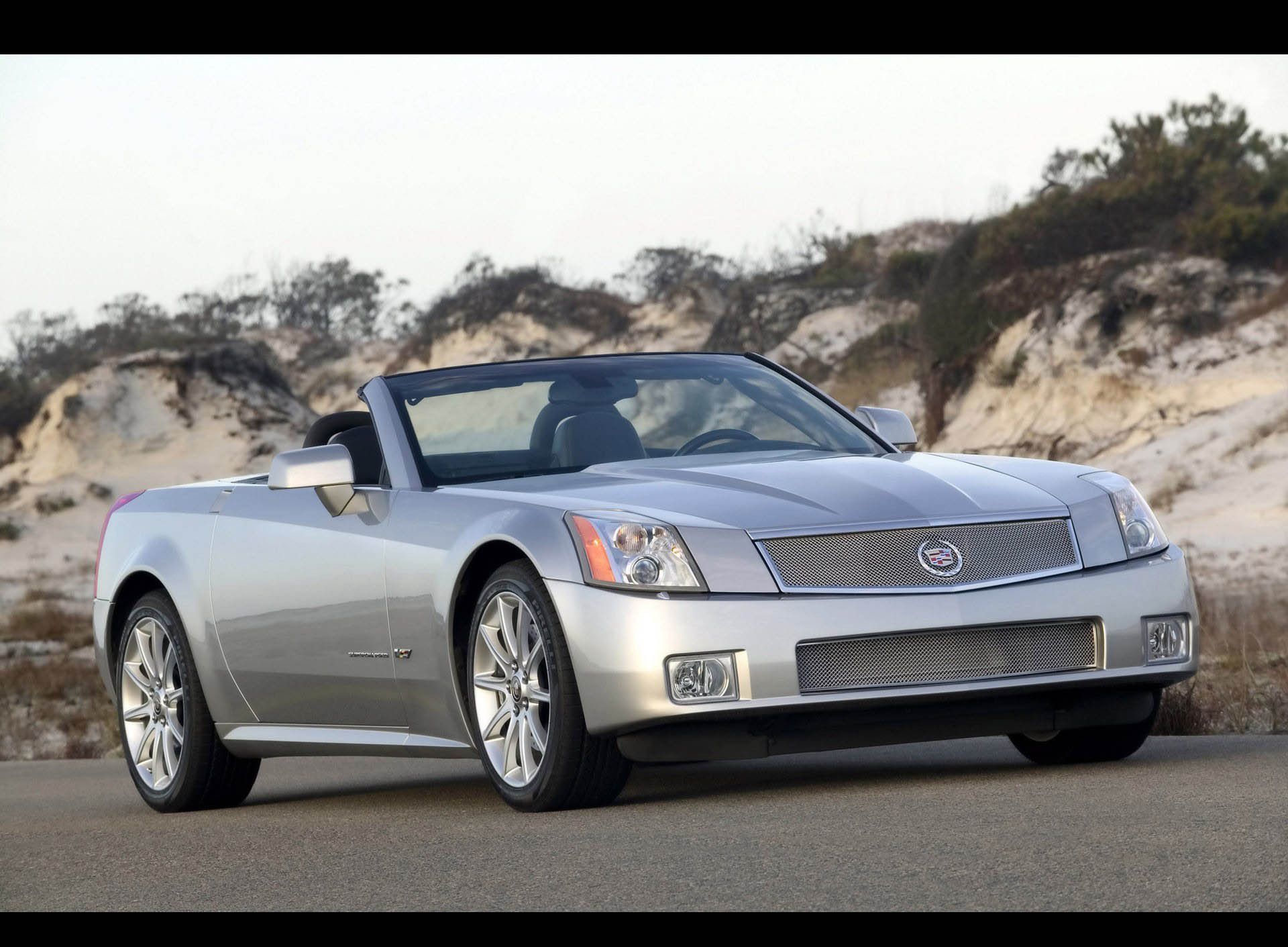
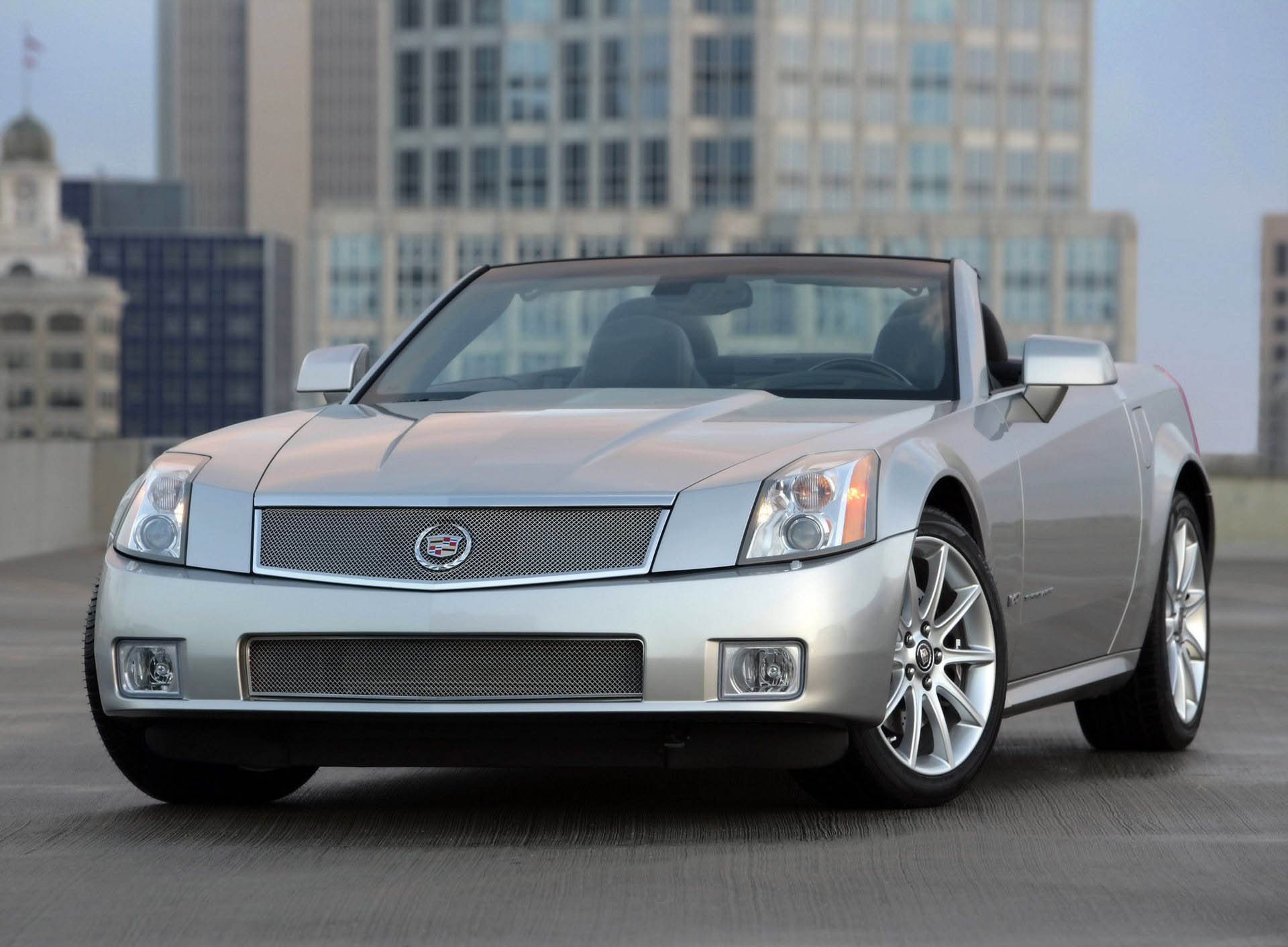
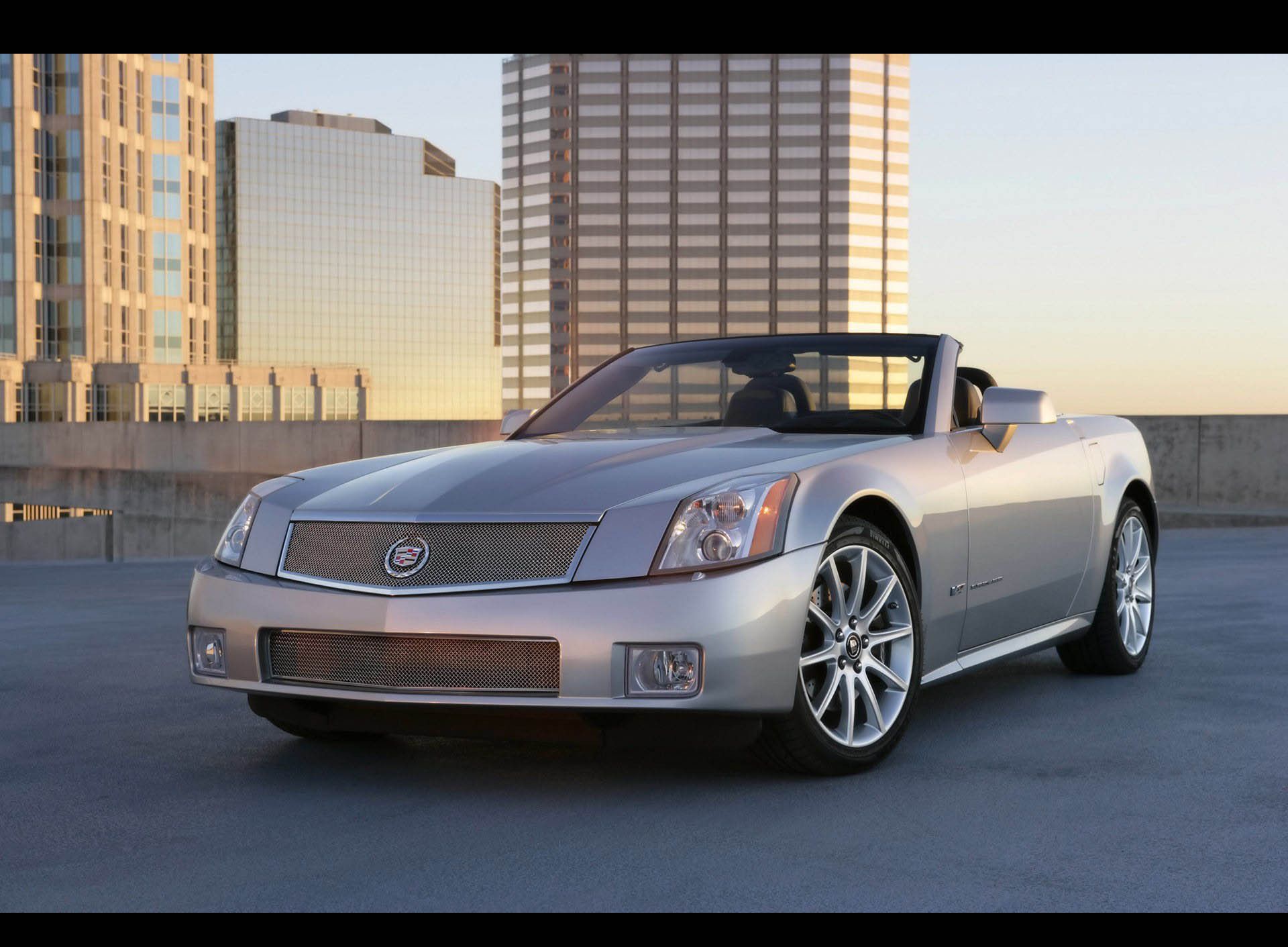
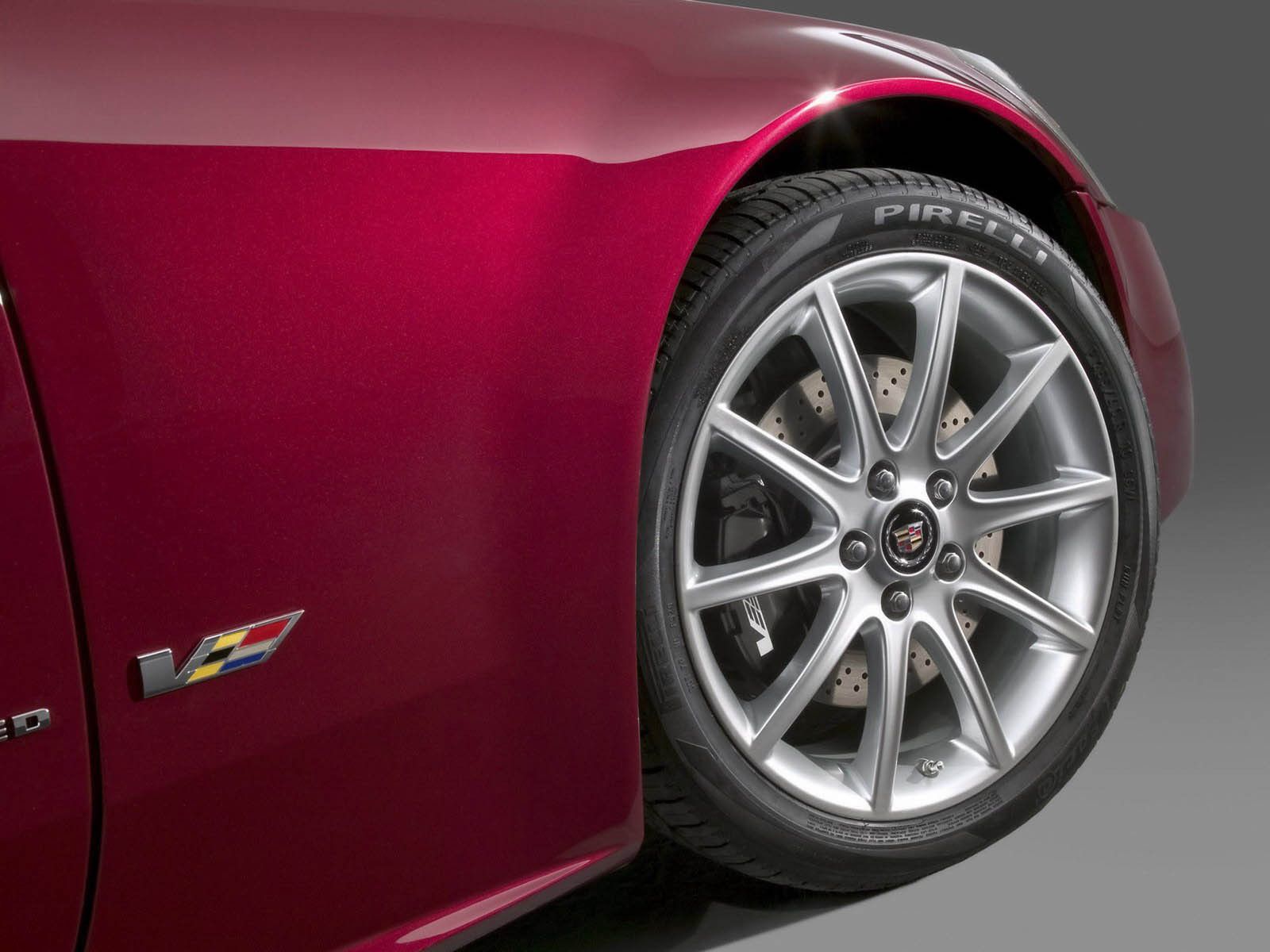
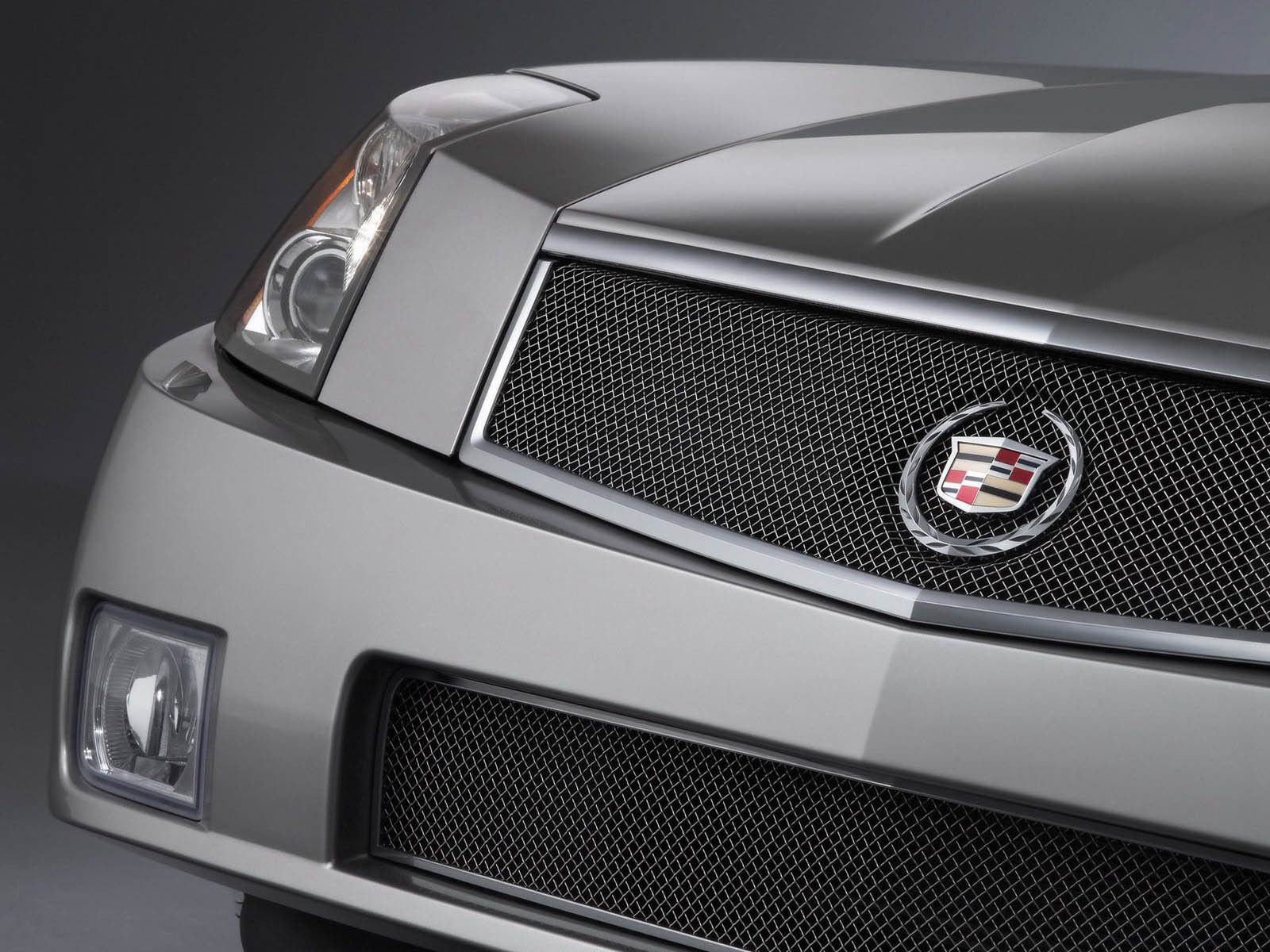
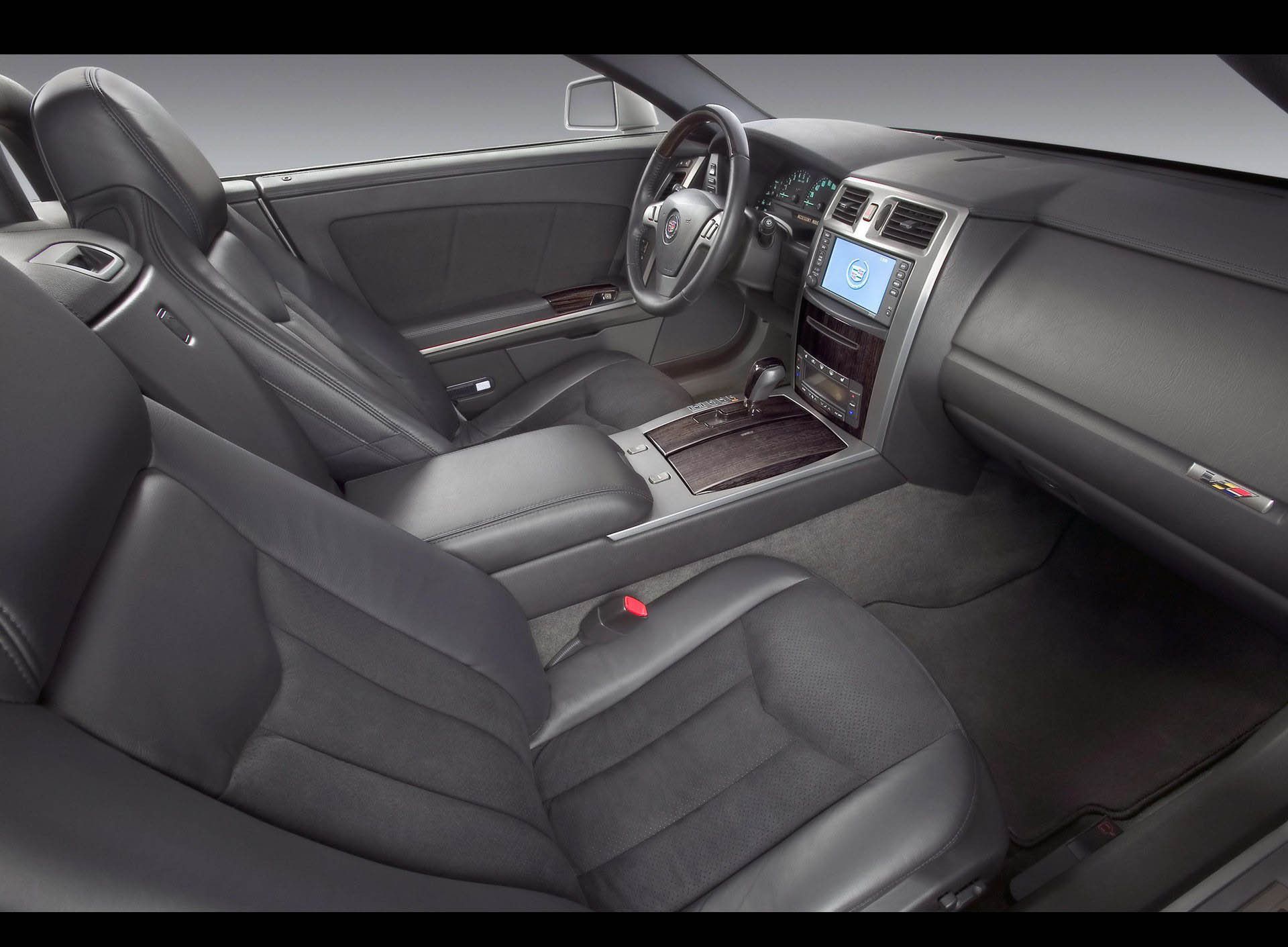
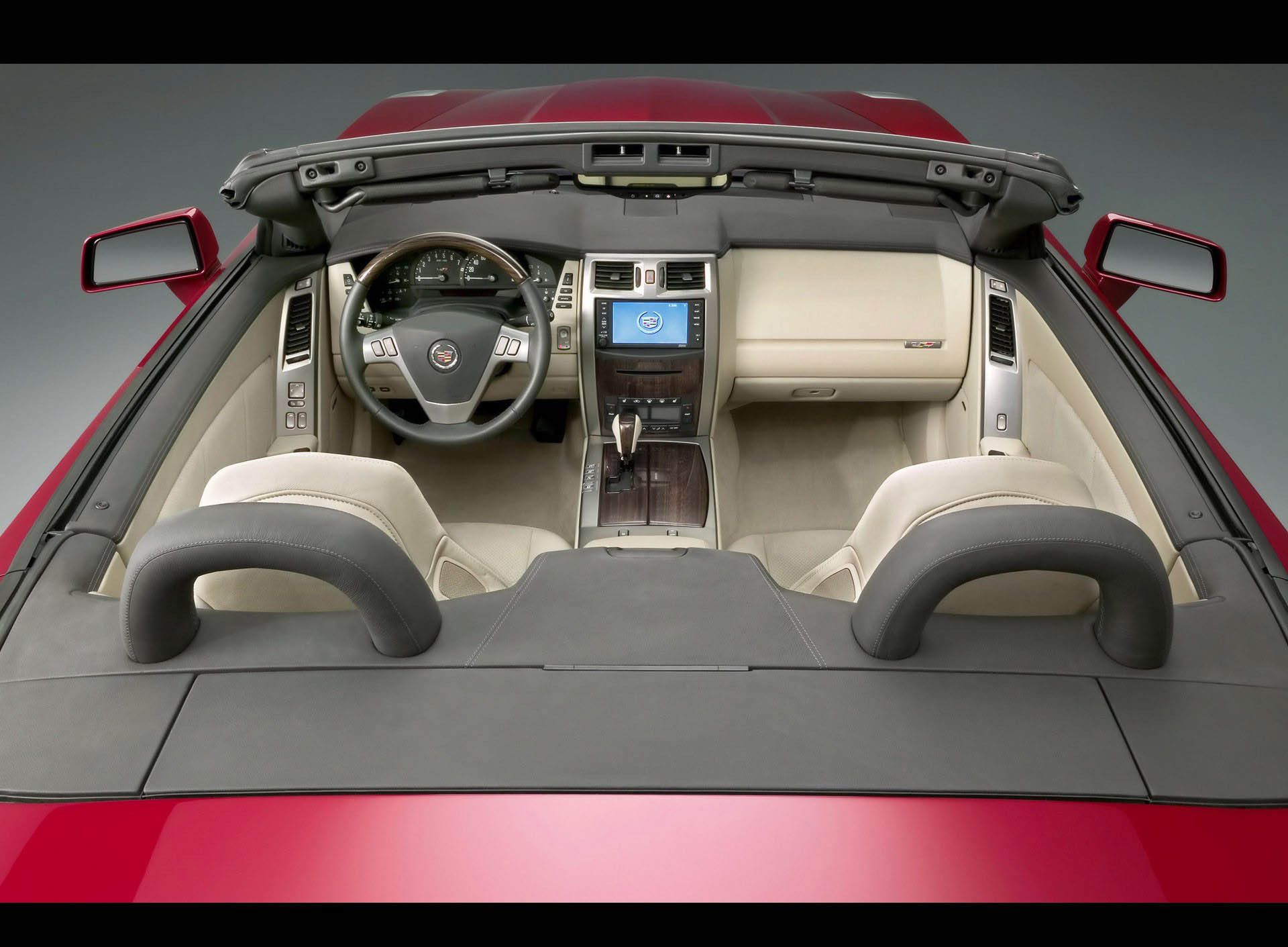
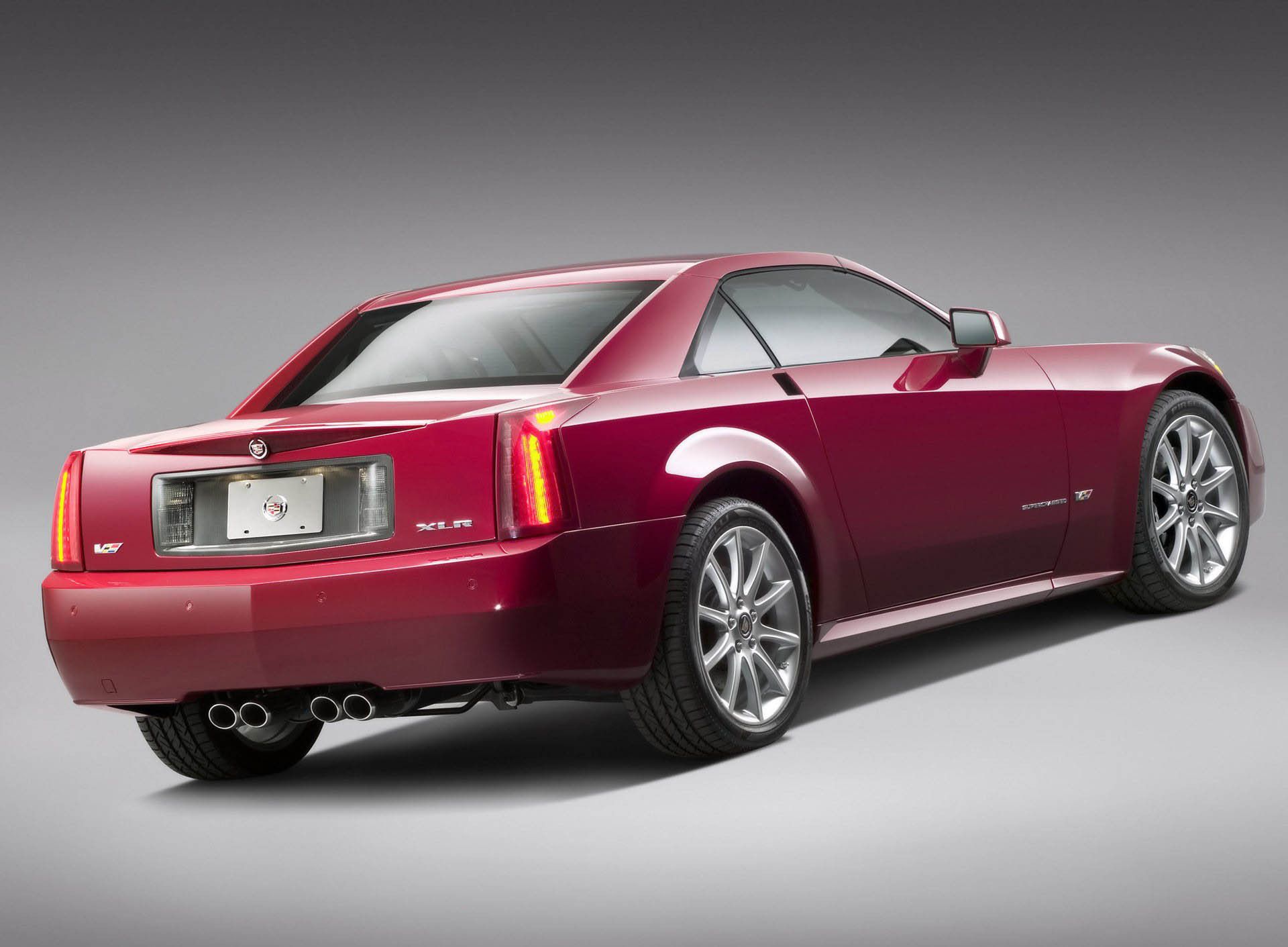
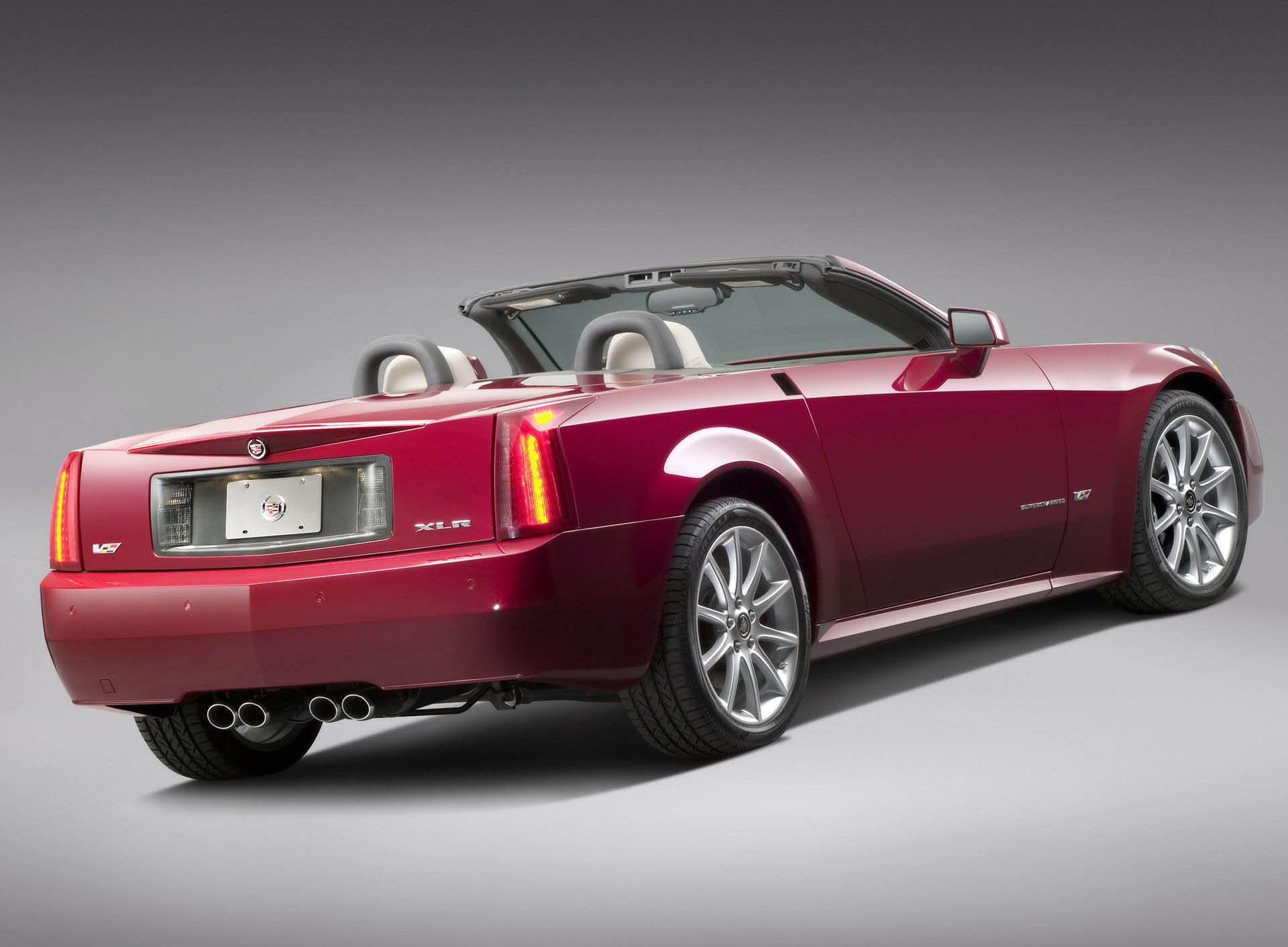
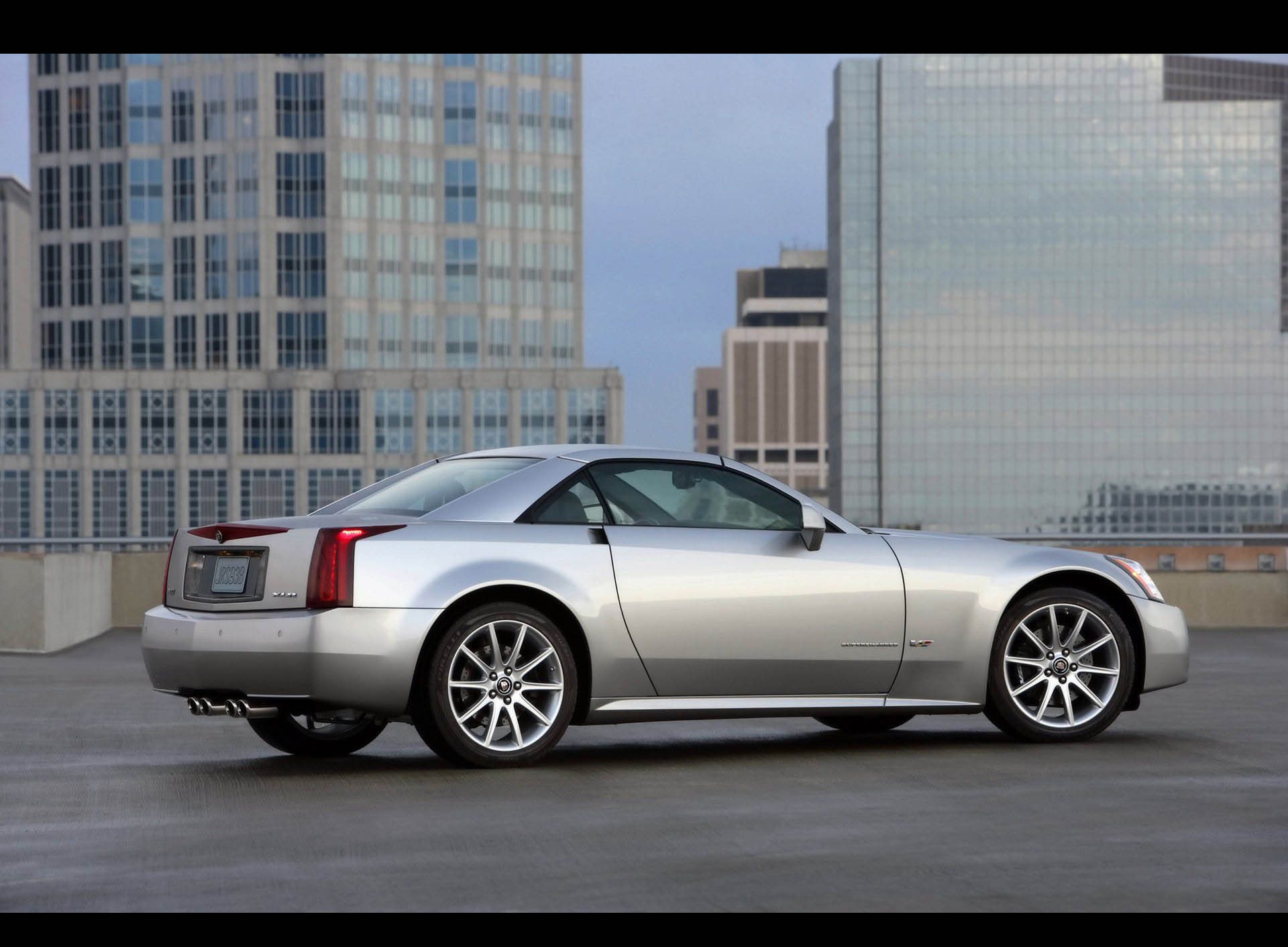
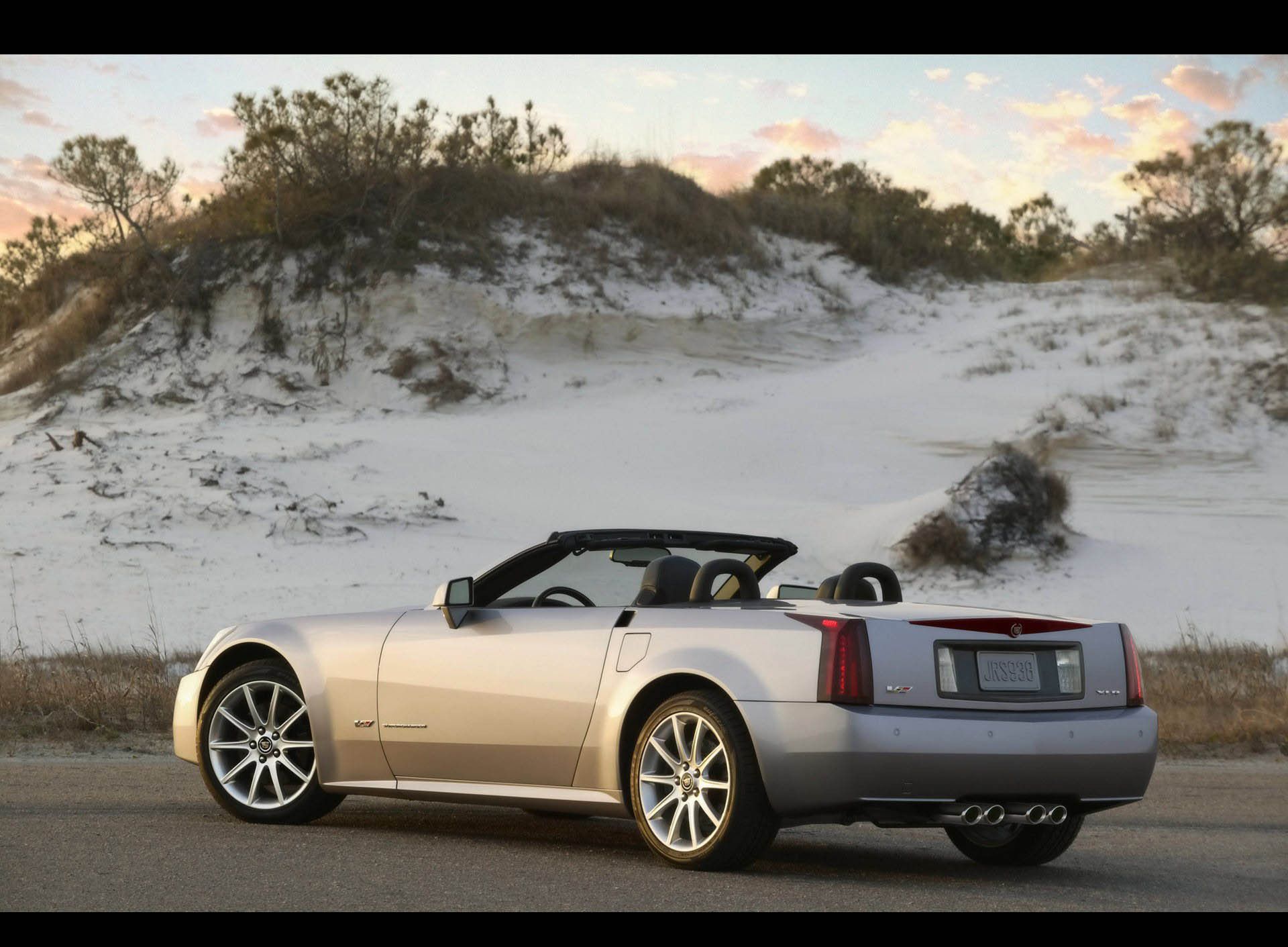
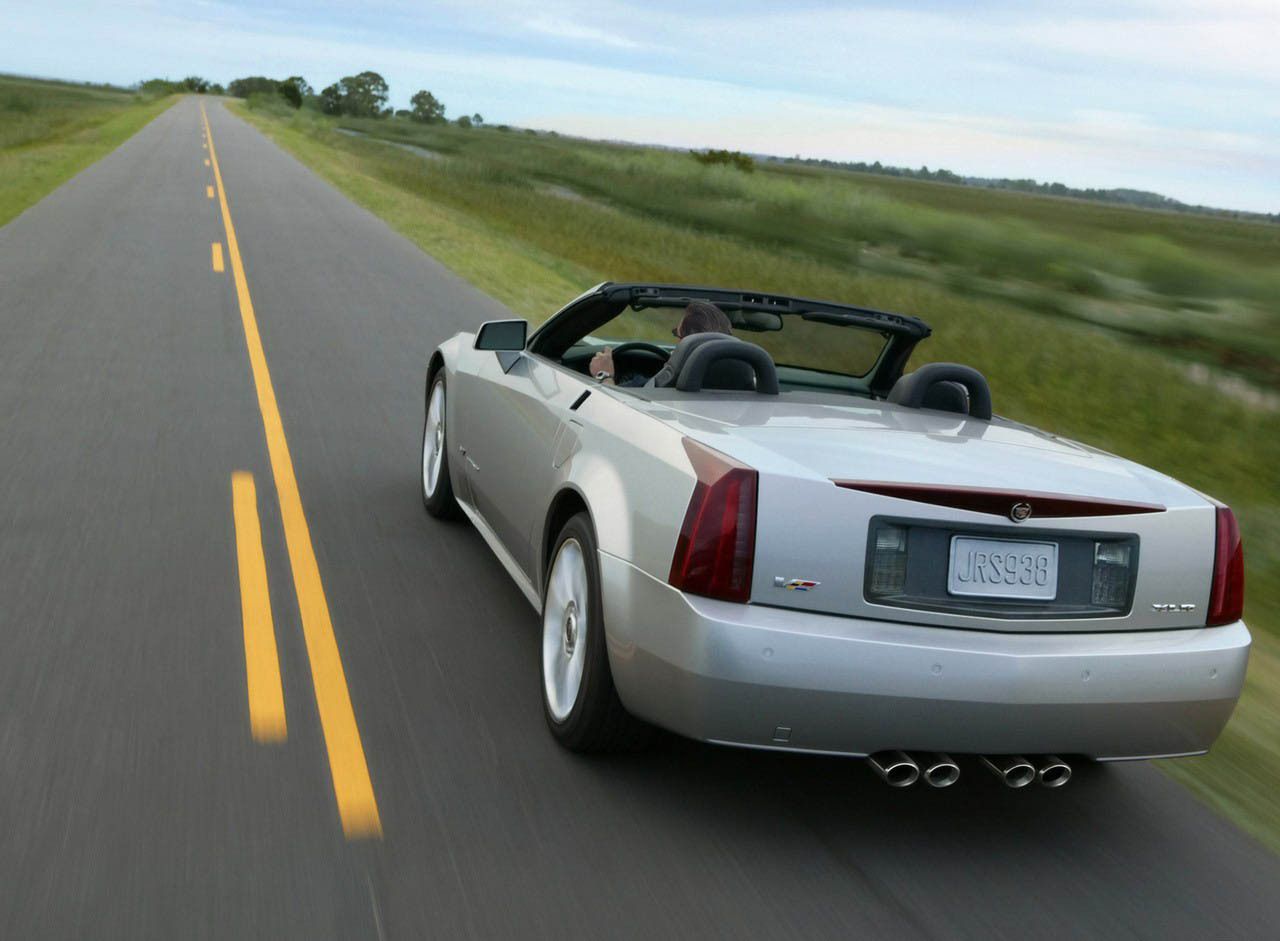
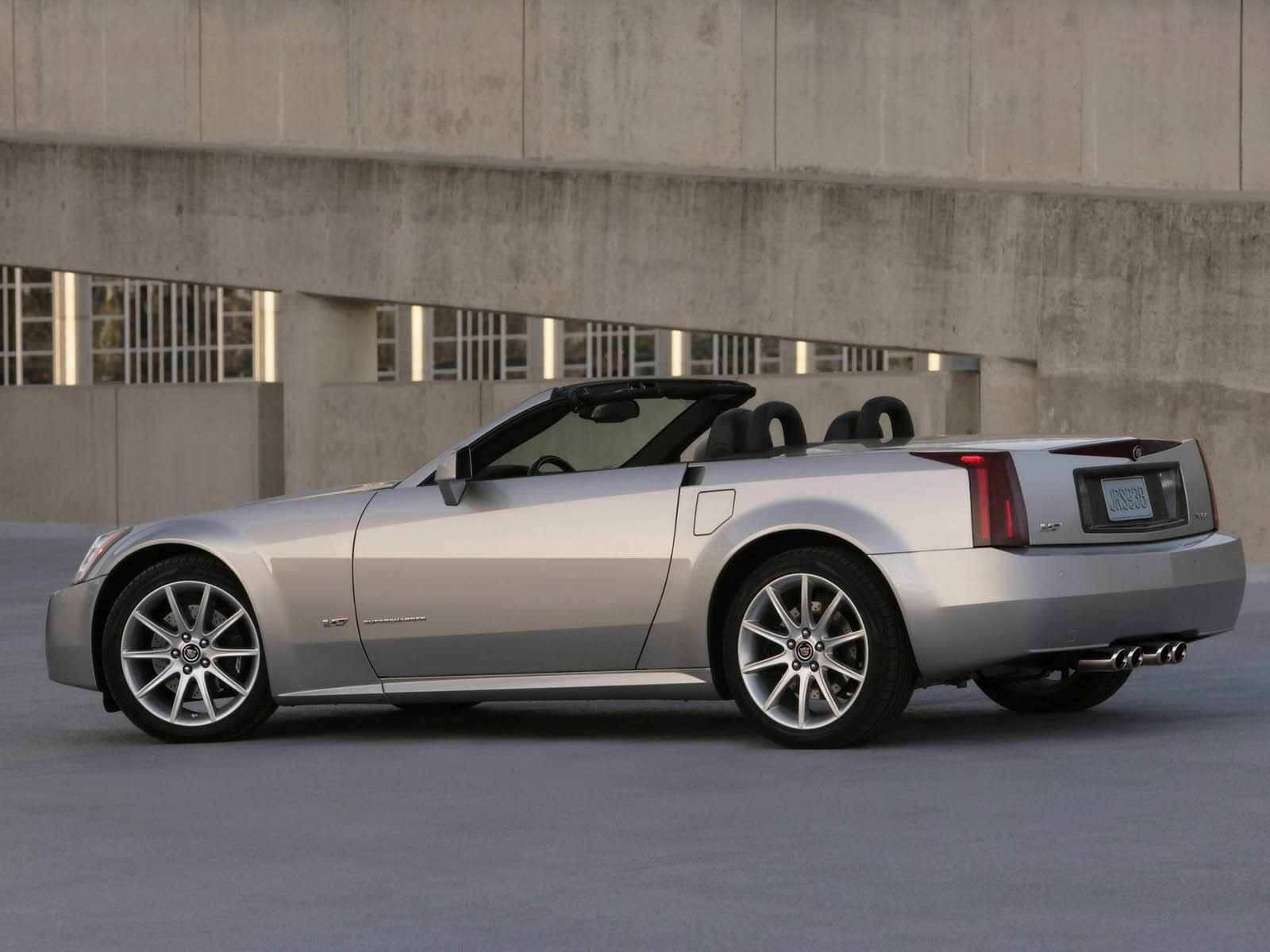
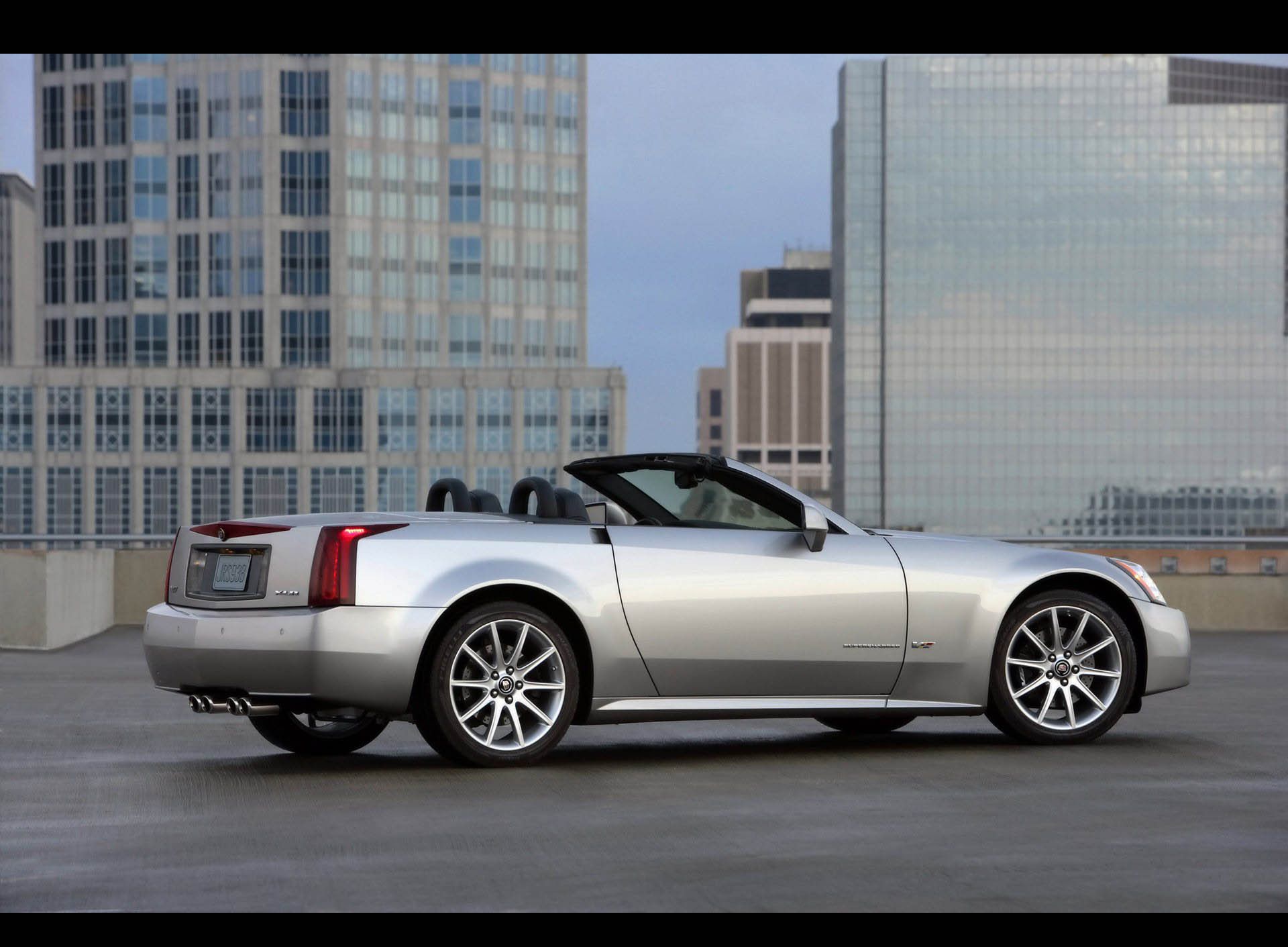
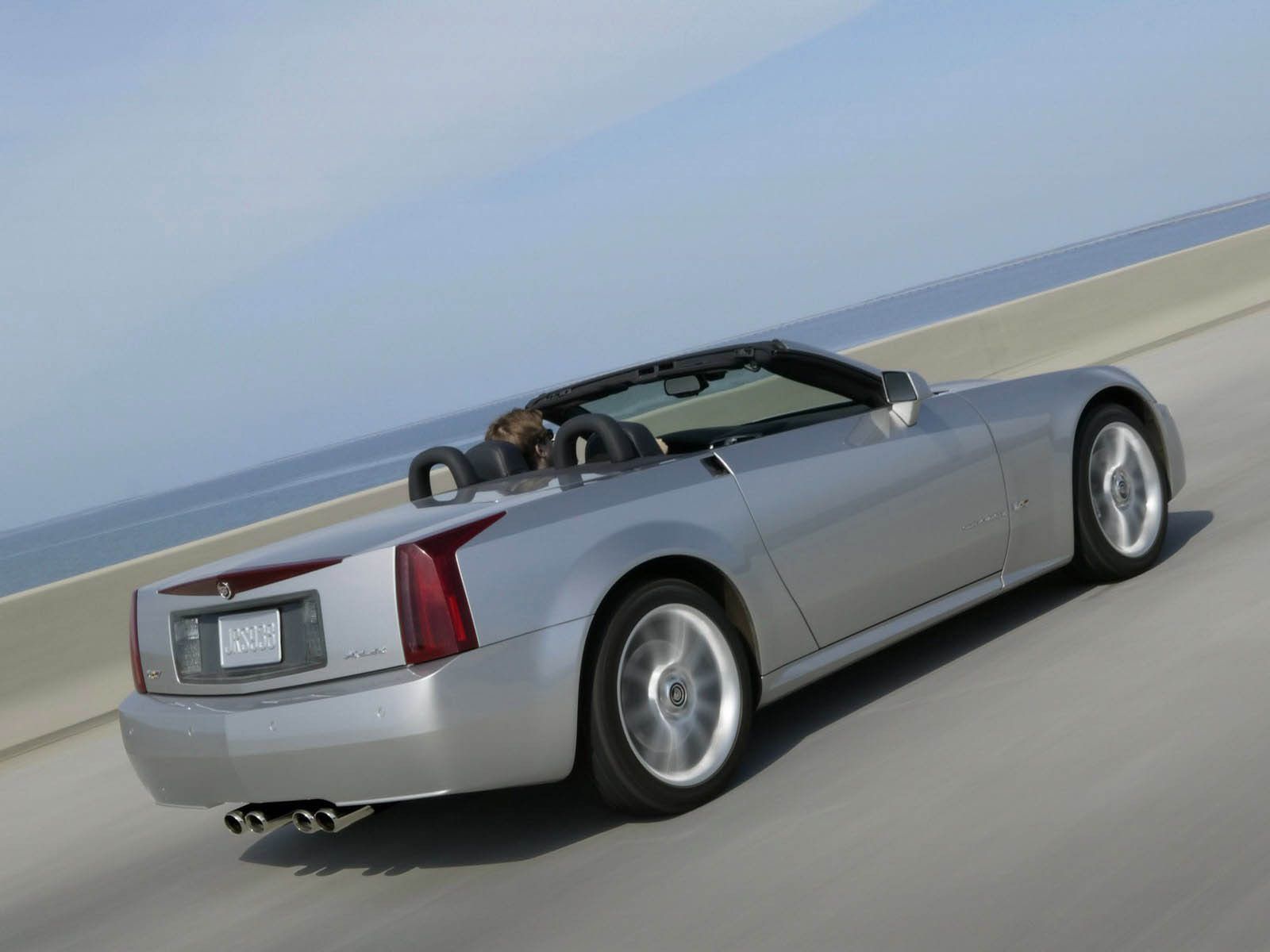
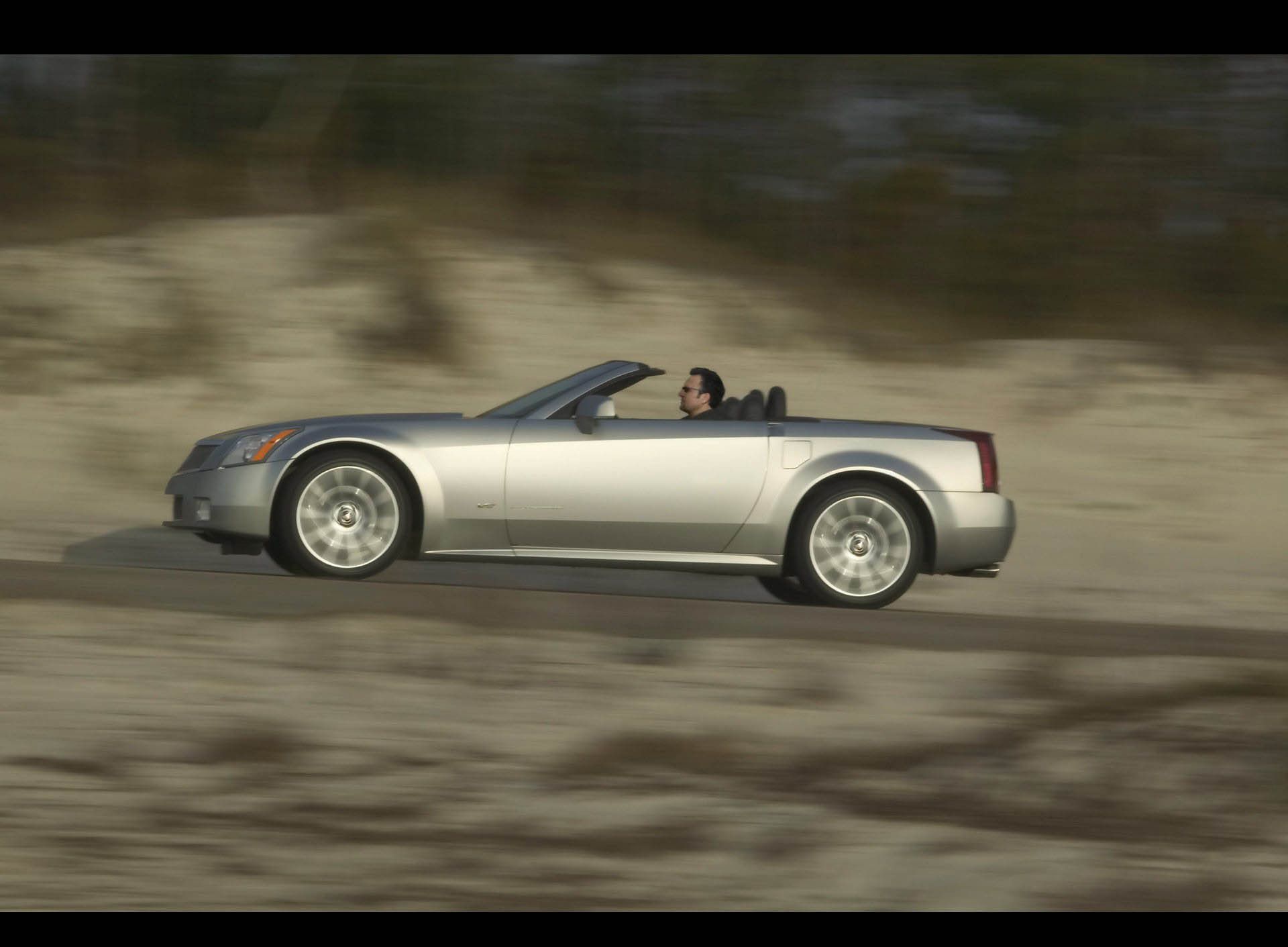
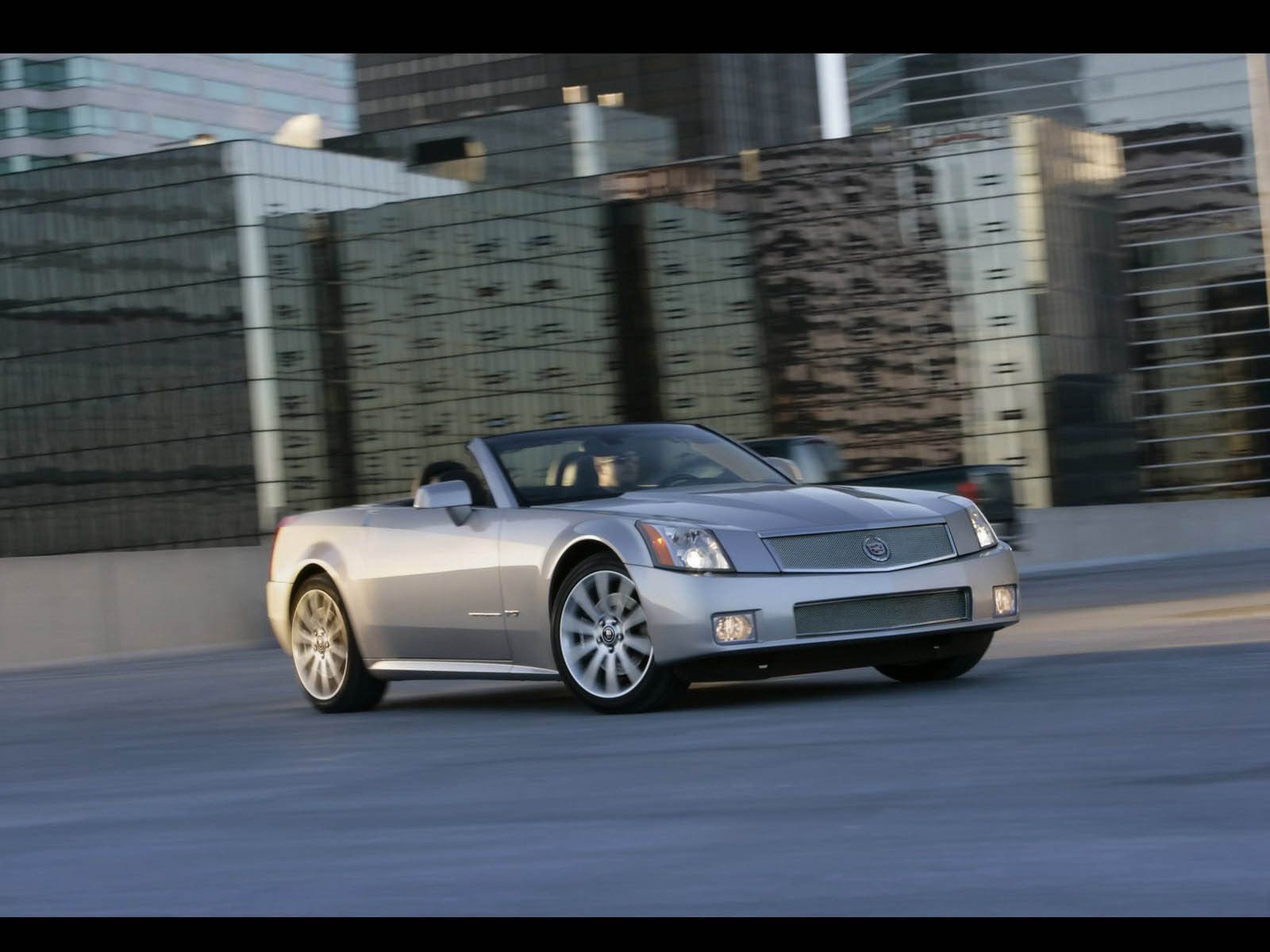
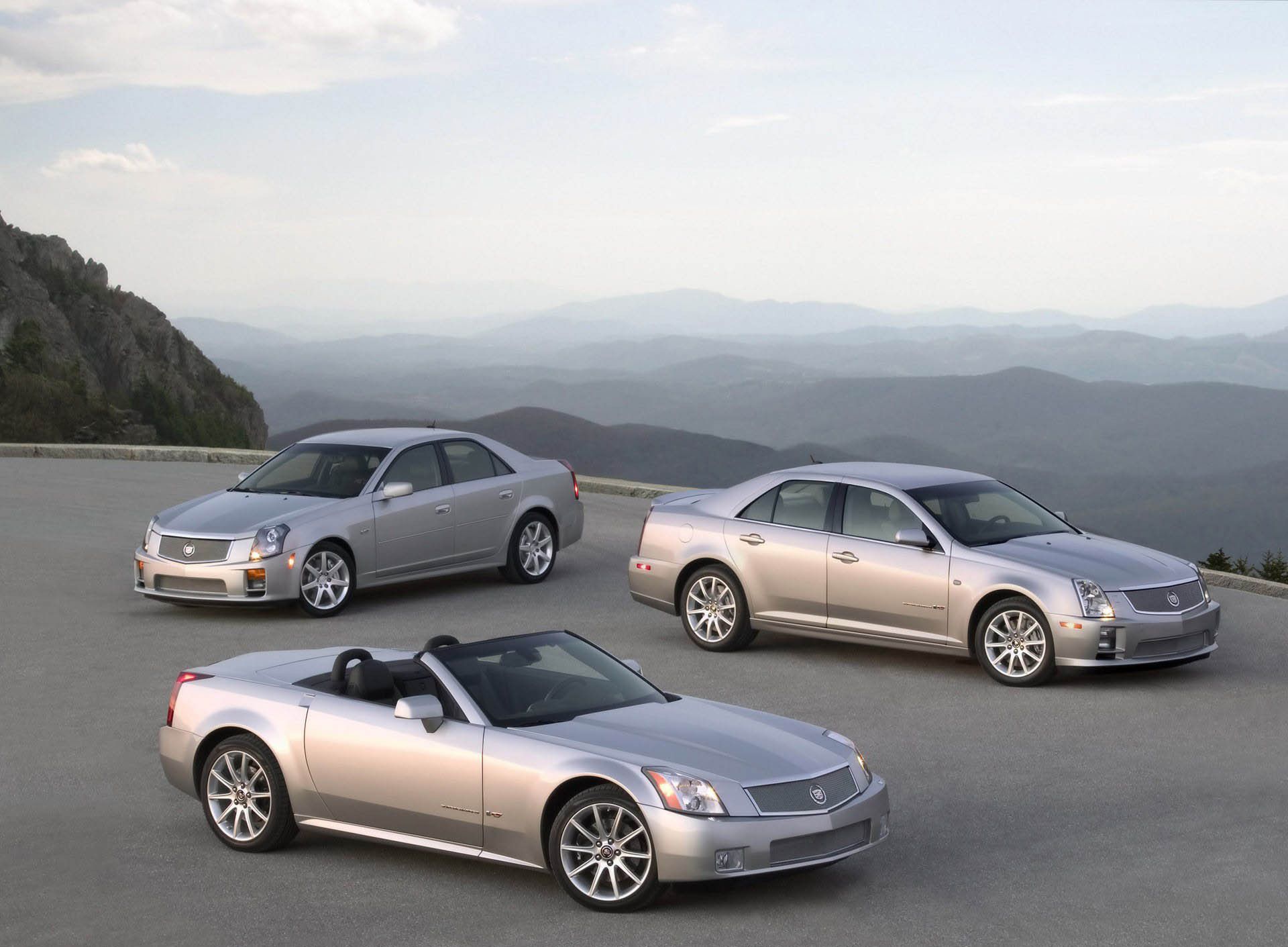
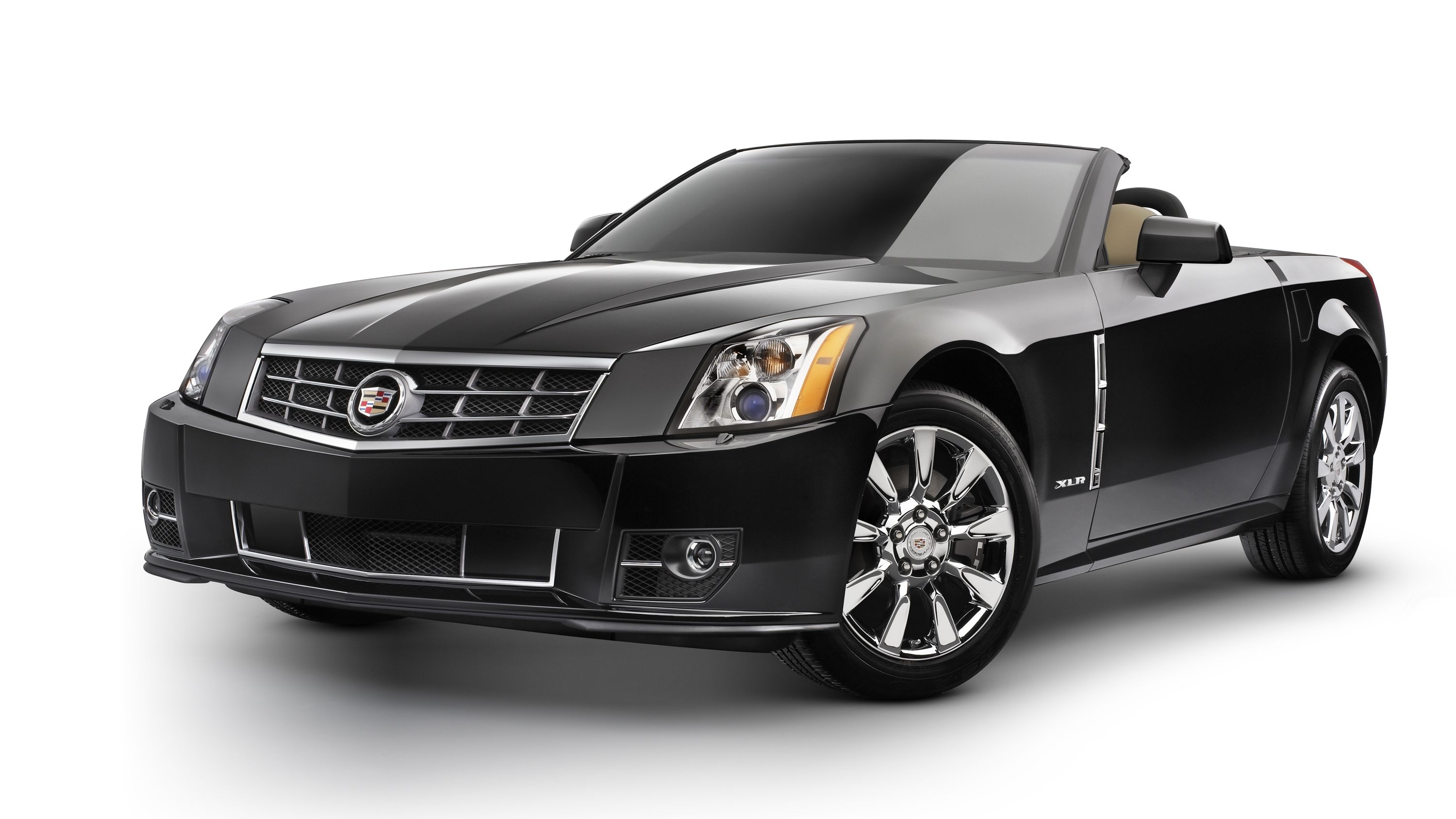
- Make: Array
- Model: 2004 - 2009 Cadillac XLR
- [do not use] Vehicle Model: Array
Exterior

Although based on the C6 Corvette, the XLR has nothing in common with Chevy's sports car. Sure, it's sportier than any other Cadillac design-wise, but it's not as aggressive as the Corvette. And it makes sense since Cadillac wanted a more luxurious alternative and not a direct competitor.
Size-wise, the XLR is very similar to the C6 Corvette, far from surprising since the two shared the same platform. The wheelbase is identical to the Corvette, but the XLR is 3.1 inches longer overall. On the other hand, it's 0.3 inches narrower and an inch taller.

Onto the sides, the XLR isn't particularly exciting to look at, mostly because the body panels were almost featureless. However, the low nose and engine hood and the way the beltline ascends toward the rear section give it a sporty stance. The beefed-up wheel arches make the roadster look wide from every angle.
The rear section also combines unique features with cues seen on the CTS and STS. The license plate recess is sculpted deep into the trunk lid, while the taillights feature the same vertical design that extends on the upper section of the rear fenders. The rear fascia is much flatter on the XLR though, while the bumper incorporates the rear overhang entirely. Unlike other Caddys from the era, the XLR sports a quad exhaust layout mounted at the center. The exhaust pipes are separated in pairs, but they're very close to each other.
XLR-V

The XLR-V arrived for the 2006 model year with a slightly more aggressive exterior.
Cadillac also created new 10-spoke aluminum wheels in Sterling Silver for this model and replaced the regular exhaust pipes with polished stainless steel outlets. Finally, the XLR-V also features "V-Series" and "Supercharged" badges and "V-Series" logos on the black brake calipers. Exterior color choices included only Infra Red, Black Raven, and Light Platinum.
2009MY Update

The light update for the XLR's final year on the market included revised trim and black accents for the front grille and new, round foglamps in the front bumper. Thin, chrome vents adorn the front fenders, while the rear end sports a more aggressive lower bumper with two wide exhaust pipes instead of the usual quad configuration with four round outlets.
Interior

While the exterior shared some bits with the CTS, the interior was unique to the XLR. Cadillac basically designed it from scratch, opting to stay away from the Corvette's organic design. Instead, the XLR's cabin was designed with angular lines for the most part, but using higher end materials as well.
The seven-inch color touchscreen, which was somewhat big for the era, provides access to the car's DVD navigation, premium nine-speaker Bose audio system with a six-CD changer, XM Satellite radio, and DVD entertainment. The XLR also GM's older OnStar in-vehicle safety system and a head-up display that projects driver information onto the windshield.

The comfortable seats were both heated and cooled, as well as power adjustable. The sporty, bucket-like seats also had a memory function for the driver and were wrapped in perforated leather. Other premium highlights included carpeted floor mats with embroidered "XLR" logos, keyless access, and push-button start. The doors open via a pad located in openings at the rearward edges of each door as long as the key fob is within a one-meter radius.
Unlike other Cadillacs, the XLR offered infinite headroom thanks to its foldable hard-top. Designed by Car Top Systems of Germany, it open and closes in less than 30 seconds by pushing and holding a button on the dashboard.
XLR-V

The V upgrade didn't make changes to the interior's design, but Cadillac introduced new materials. The Eucalyptus wood on the shifter knob, cup holder area, steering wheel, and door panels was replaced with Zingana. The seats came wrapped in softer leather with perforated suede inserts and French stitching. The same stitching was added to surfaces on the dashboard and door panels, which were covered in Ebony leather on this model.
2009MY Update

Cadillac made small upgrades to the XLR's cabin for 2009. Highlights included an Alcantara headliner, new trim rings and graphics for the instrument cluster, a removal of the "Bulgari" logo, and new wood options for the center console and dashboard.
Drivetrain and Performance

While the C6 Corvette featured a 6.0-liter V-8 engine, Cadillac opted to create a new mill for the XLR.
Also unlike the Corvette, the XLR was sold with an automatic transmission only due to its luxury status. Cadillac initially offered a five-speed automatic, but later introduced a six-speed gearbox. The XLR needs 5.9 seconds to hit 60 mph from a standing start and 14.2 clicks to run the quarter-mile.

Thanks to its rear-mounted transmission, the XLR benefits from a 50/50 front-to-rear weight distribution. Suspension-wise, it features double wishbones at each corner and transverse-mounted, composite leaf springs. The XLR was also one of the first GM cars to feature Magnetic Ride Control, an electronically controlled, magnetic-fluid based real-time damping.
Just like the modern system, the older one uses four wheel-to-body displacement sensors to measure wheel motion over the road surface and responds by adjusting the shock damping in just one millisecond.
Fuel economy was superior to the Corvette and competitive with rival offerings from Mercedes-Benz, Jaguar, and Lexus at 15 mpg in the city and 24 mpg on the highway.
XLR-V

The higher performance XLR-V featured the supercharged, 4.4-liter V-8 that was already available in the STS-V.
The XLR-V featured the same six-speed transmission as the normal roadster, but the unit was revised to handle the extra power of the engine. Cadillac also patented new features for this roadster, including Performance Algorithm Shifting (PAS), Performance Algorithm Liftfoor (PAL), and Driver Shift Control (DSC).
Other performance-enhancing upgrades included larger brakes, recalibrated Magnetic Ride Control, larger front stabilizer bar, the addition of a rear stabilizer bar, stiffer rear lower control arm bushings, a power steering fluid cooler, and a higher-capacity fuel pump.
Fuel economy decreased by one mpg for this model, rated at 14 mpg in the city and 23 mpg on the highway.
2009MY Update
Although it made some revisions inside and out, Cadillac left the drivetrain unaltered for the 2009 model year.
Pricing

The Cadillac XLR was originally priced from $76,480. For the 2009 model year, its final year on the market, the Roadster was sold for $86,000 before options.
The XLR-V model went on sale for $110,000 in 2006, but pricing increased to 111,300 for the 2008 model year.
Although GM was expecting to build 5,000 to 7,000 units a year, the roadster was less popular than anticipated with total sales accounting only 15,460 examples. Sales peaked at over 3,000 units per year from 2004 to 2006, but fell below 2,000 examples in 2007 and 2008. Cadillac sold only 787 cars in 2009 and 200 leftover 2009-model-year units in 2010 and 2011.
Nowadays you can buy a used XLR for less than $20,000, but well-maintained, low-mileage versions can cost more than $30,000.
Competition
Mercedes-Benz SL500
Arguably the most iconic nameplate in this niche, the Mercedes-Benz SL dates all the way back to 1954. When it arrived, the XLR was aimed at the fifth-generation model, introduced in 2002. Unlike the XLR, the R230 version was sold with more than one drivetrain. The base SL350 model had a 3.7-liter V-6 rated at 242 horsepower and 260 pound-feet of torque under the hood. While this model was no match for the XLR's V-8, the SL500 had plenty of oomph thanks to its 5.5-liter V-8 that generated 383 horses and 390 pound-feet. Mercedes also offered an SL 55 AMG model with supercharged V-8 good for 510 horsepower and 530 pound-feet and an SL 65 AMG version with a 6.0-liter V-12 rated at 604 horses and a whopping 740 pound-feet of twist. The SL500 was notably more expensive than the XLR, retailing from around $93,000 when the facelifted version was introduced for the 2006 model year.
Read our full review on the 2009 Mercedes-Benz SL500
Jaguar XK
The XLR overlapped two generations of the Jaguar XK8. When it arrived in 2004, Jaguar was already selling the X100-generation of the XK for six years. Updated in 2003, the XR was available in two trims. The XK8 was powered by a 4.2-liter V-8 with 300 horsepower and 310 pound-feet, while the range-topping XKR had the same engine, but tweaked to deliver 400 horsepower and 408 pound-feet of torque. In 2006, Jaguar launched the redesigned, X150-generation XK. The base model featured an updated 4.2-liter V-8 with the same power as the old model, but Jaguar also offered a supercharged version with 420 horses and 413 pound-feet. In 2009, just as the XLR was going out of production, Jaguar introduced a supercharged, 5.0-liter V-8 with 503 horsepower and 461 pound-feet of twist.
Read our full review on the 2007 Jaguar XK
Lexus SC 430
First introduced in 1991, the Lexus SC was redesigned in 2001, a couple of years before the Cadillac XLR was unveiled. Production lasted until 2010 when it was replaced by the LC. Unlike the SL and the XK, which were also available as coupes, the SC was a hard-top convertible only, just like the XLR. Only one engine was offered, in the form of a 4.3-liter V-8 rated at 288 horsepower and 317 pound-feet of torque. Launched with a five-speed automatic transmission, the SC430 was upgraded to a six-speed gearbox in 2006. The SC was far more popular than the XLR, with almost 70,000 units sold from 2001 through 2009. Lexus delivered a little more than 30,000 examples in the same model years that the XLR was sold, moving twice as many cars compared to Cadillac.
Read our full review on the 2007 Lexus SC 430
Final Thoughts

As sales figures suggest, the XLR was far from popular with luxury two-door customers. That's not because it was a bad car, it's mostly because Cadillac wasn't doing particularly well in the 2000s. But even though it delivers performance-wise, the XLR still lacks some of the attributes found in the competition. For instance, its interior looks mild compared to the Mercedes-Benz SL, while the exterior doesn't scream "look at me!" the way the SL and Jaguar XK do. However, it remains a novelty as a true roadster with a Cadillac badge and performance that's close to the Chevrolet Corvette. It's also a pretty good option now if you want a high-performance Cadillac that retails for less than $20,000.

